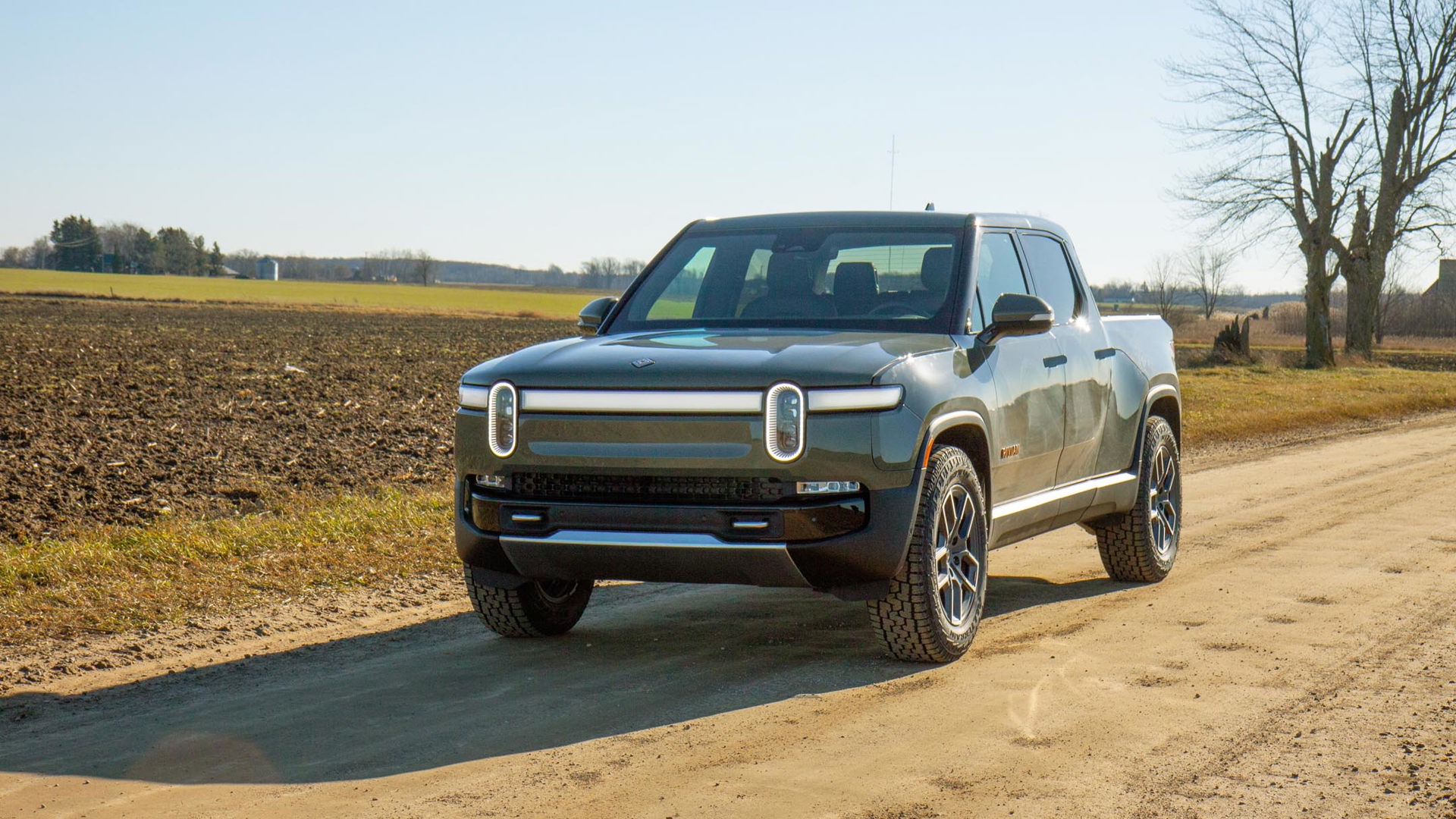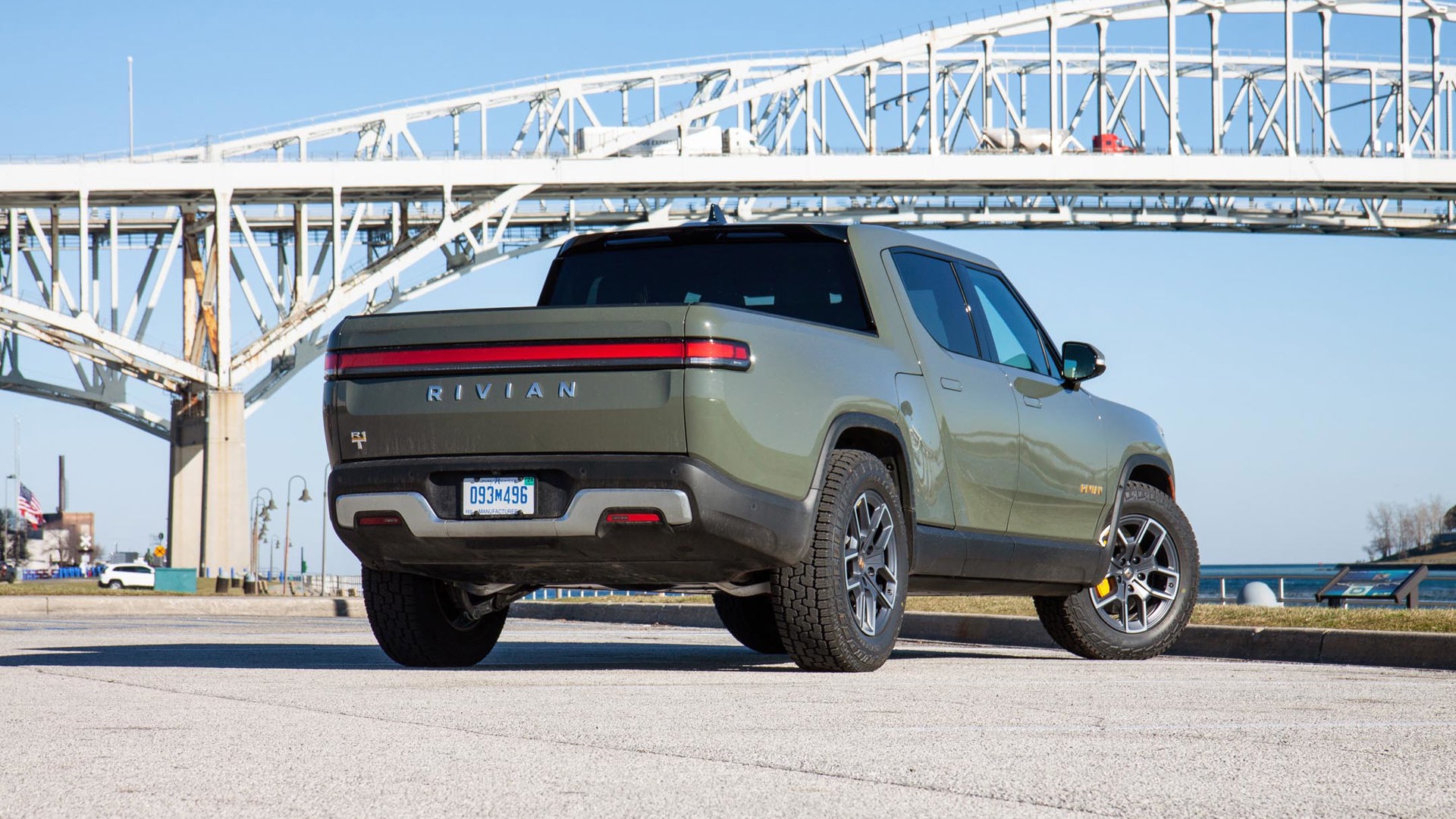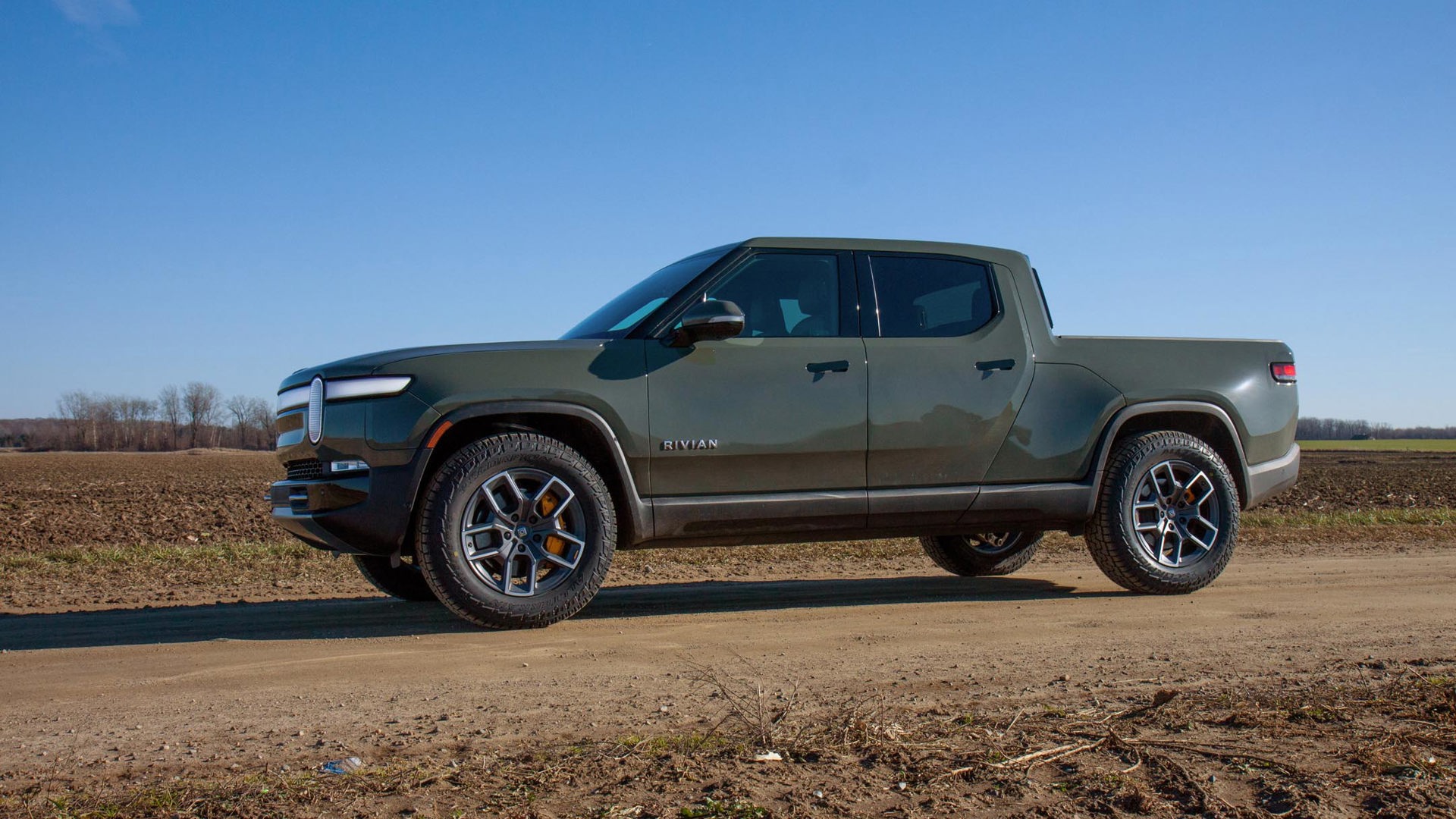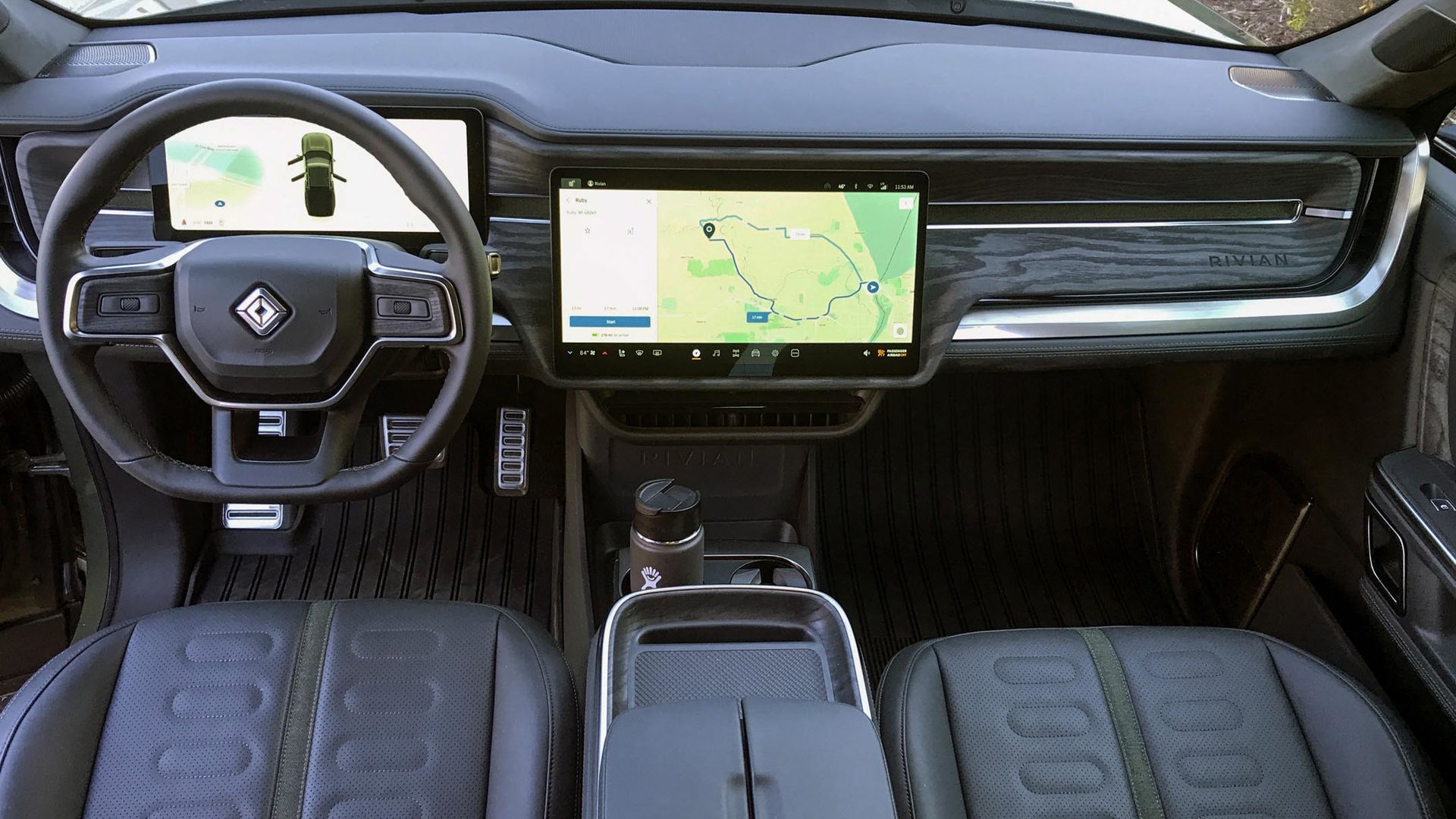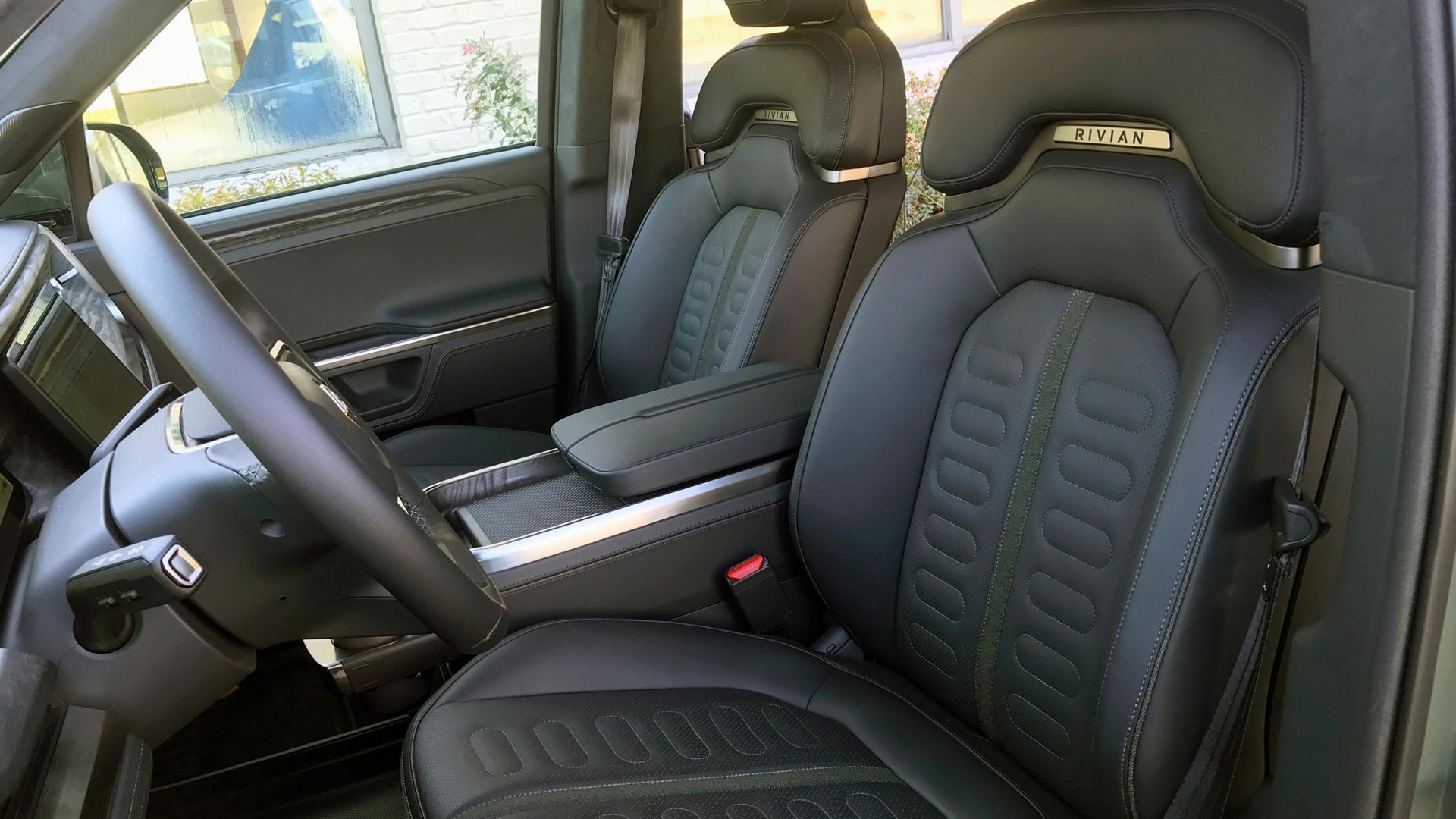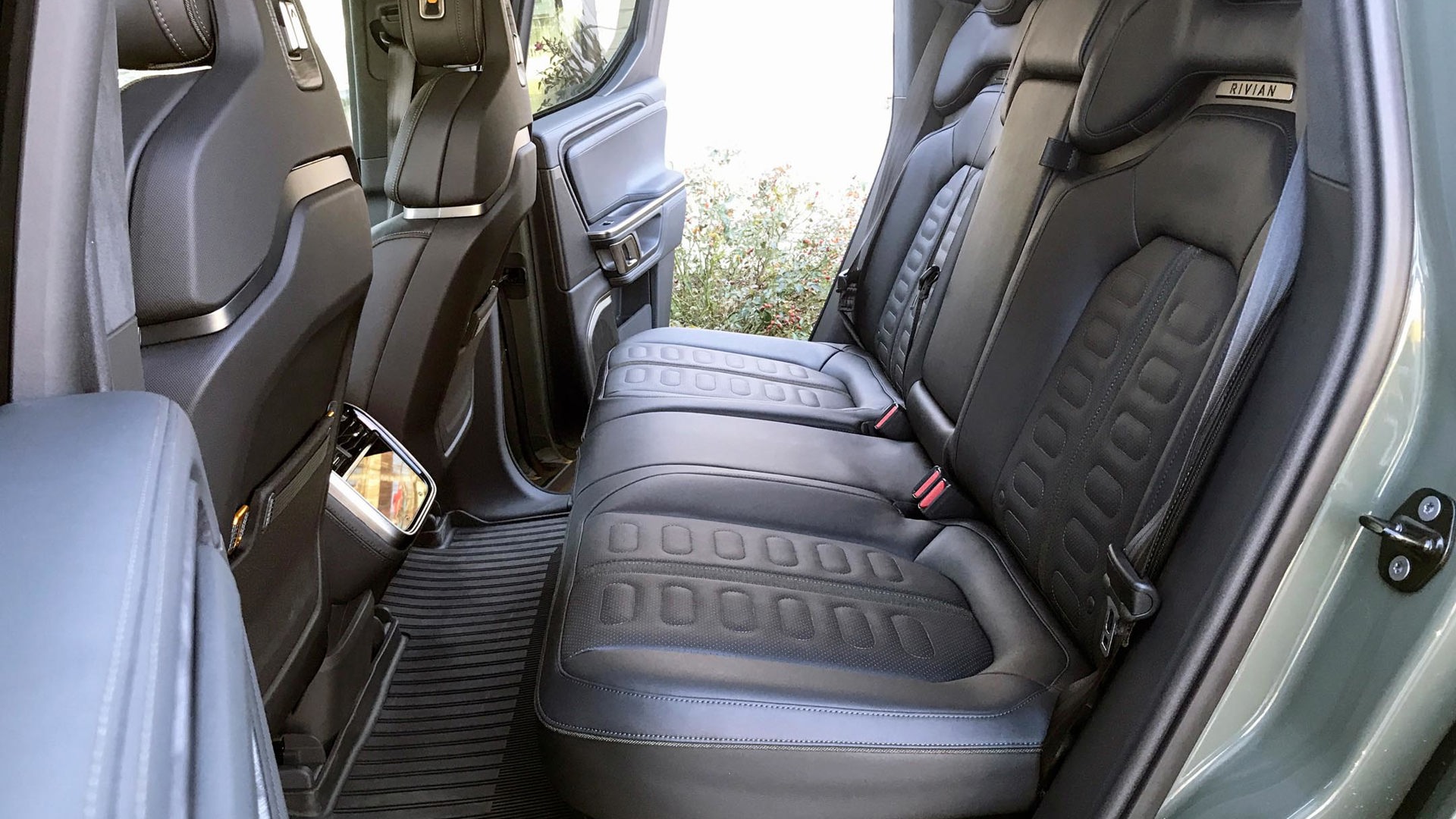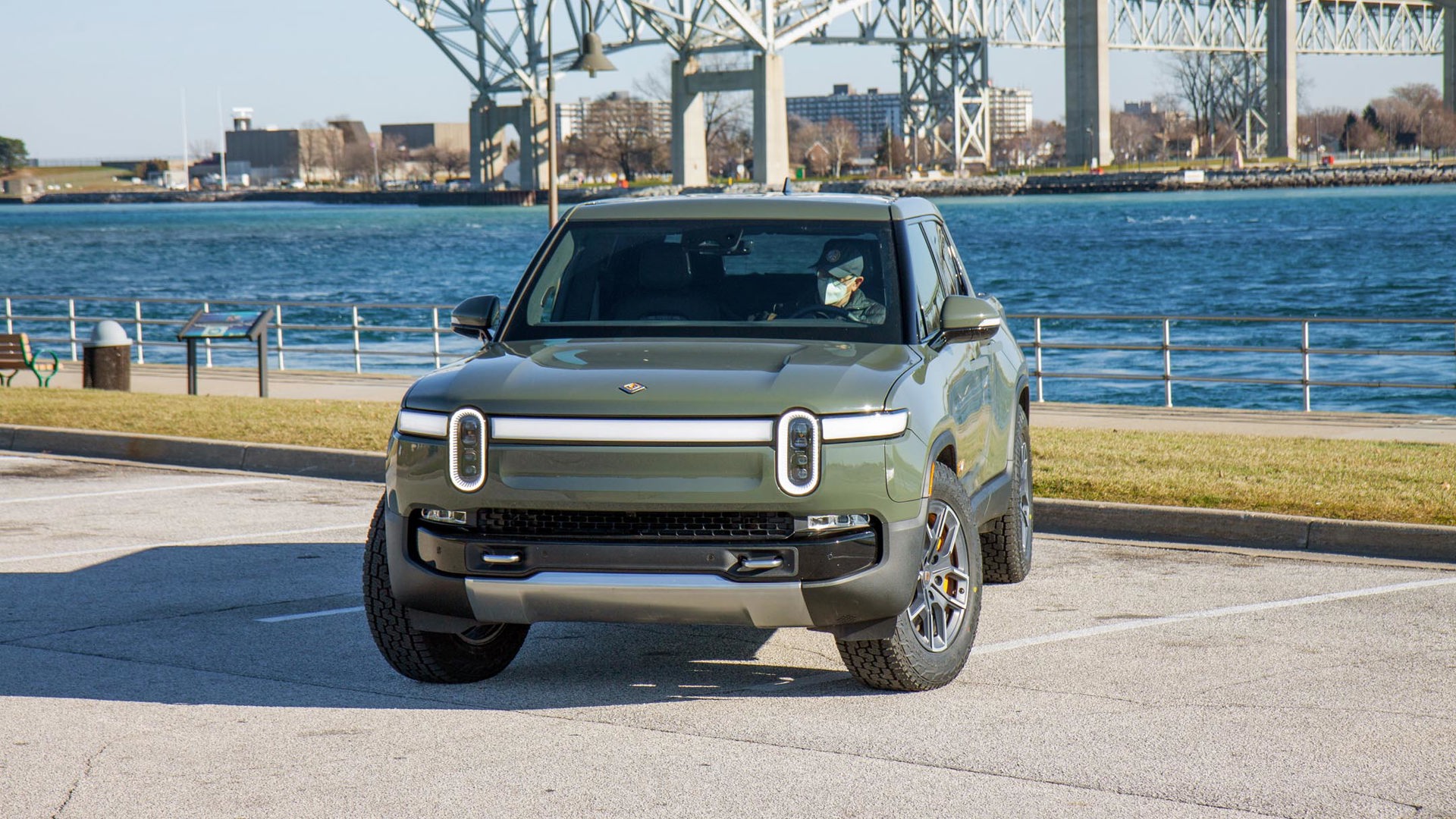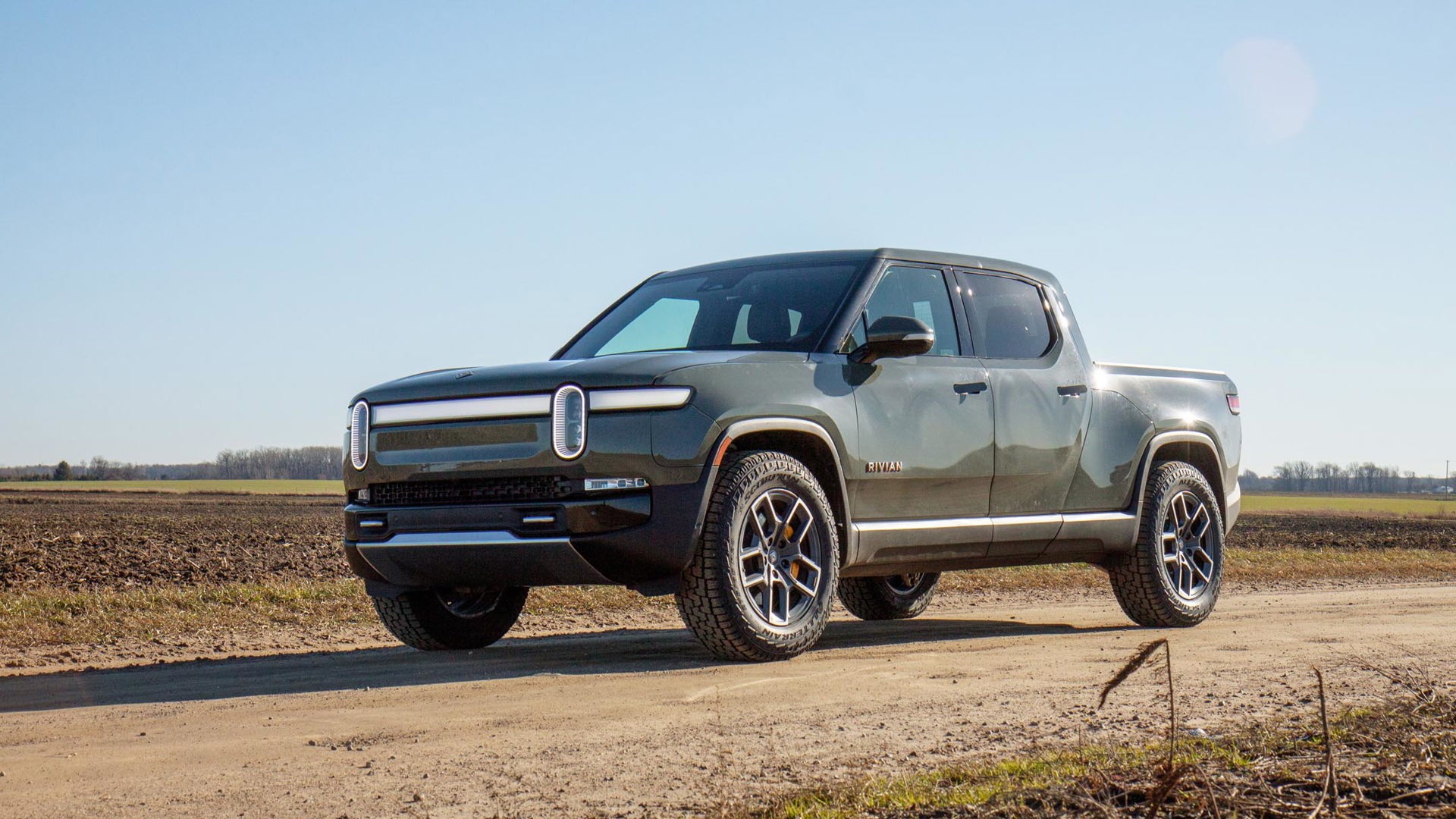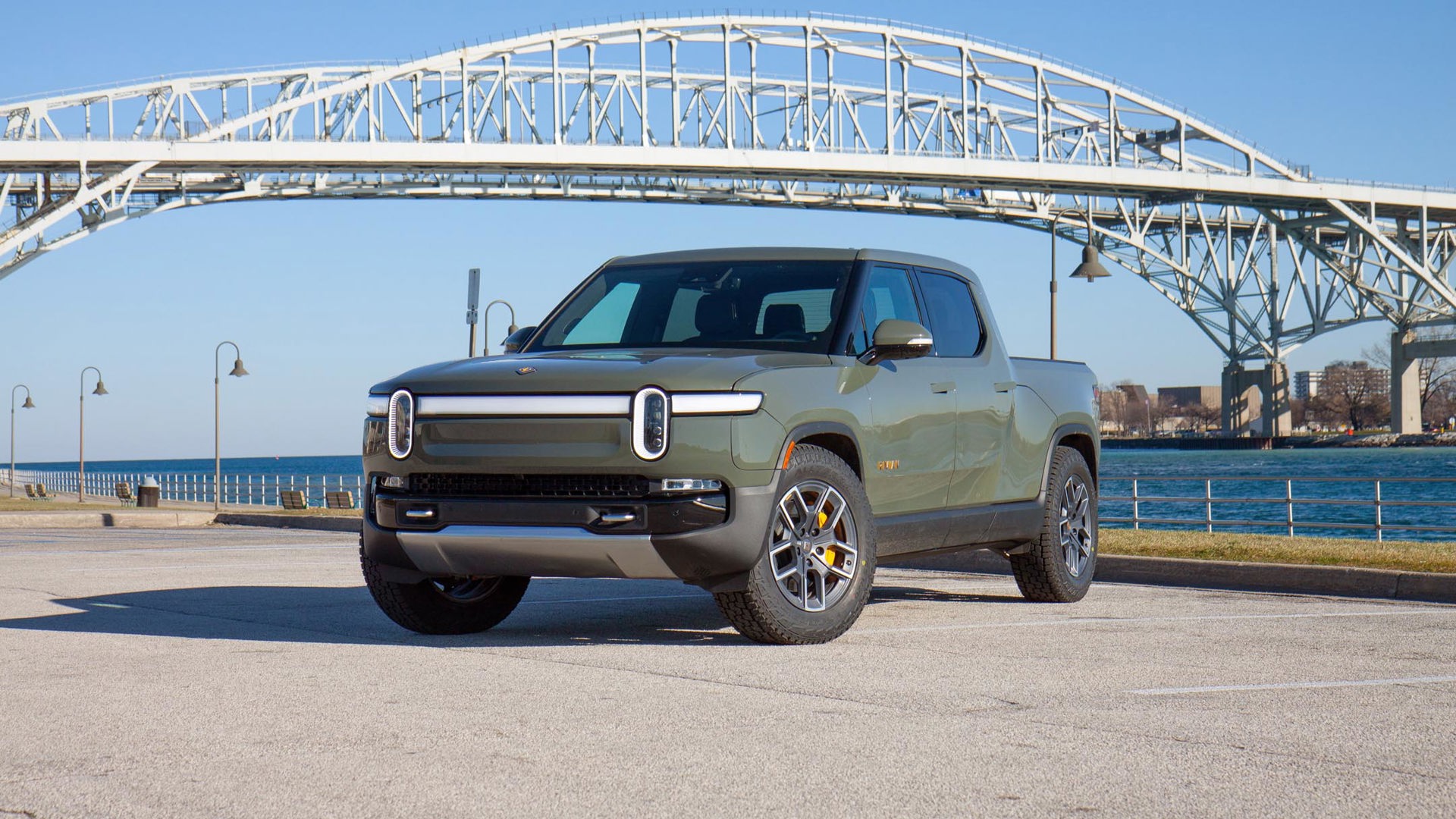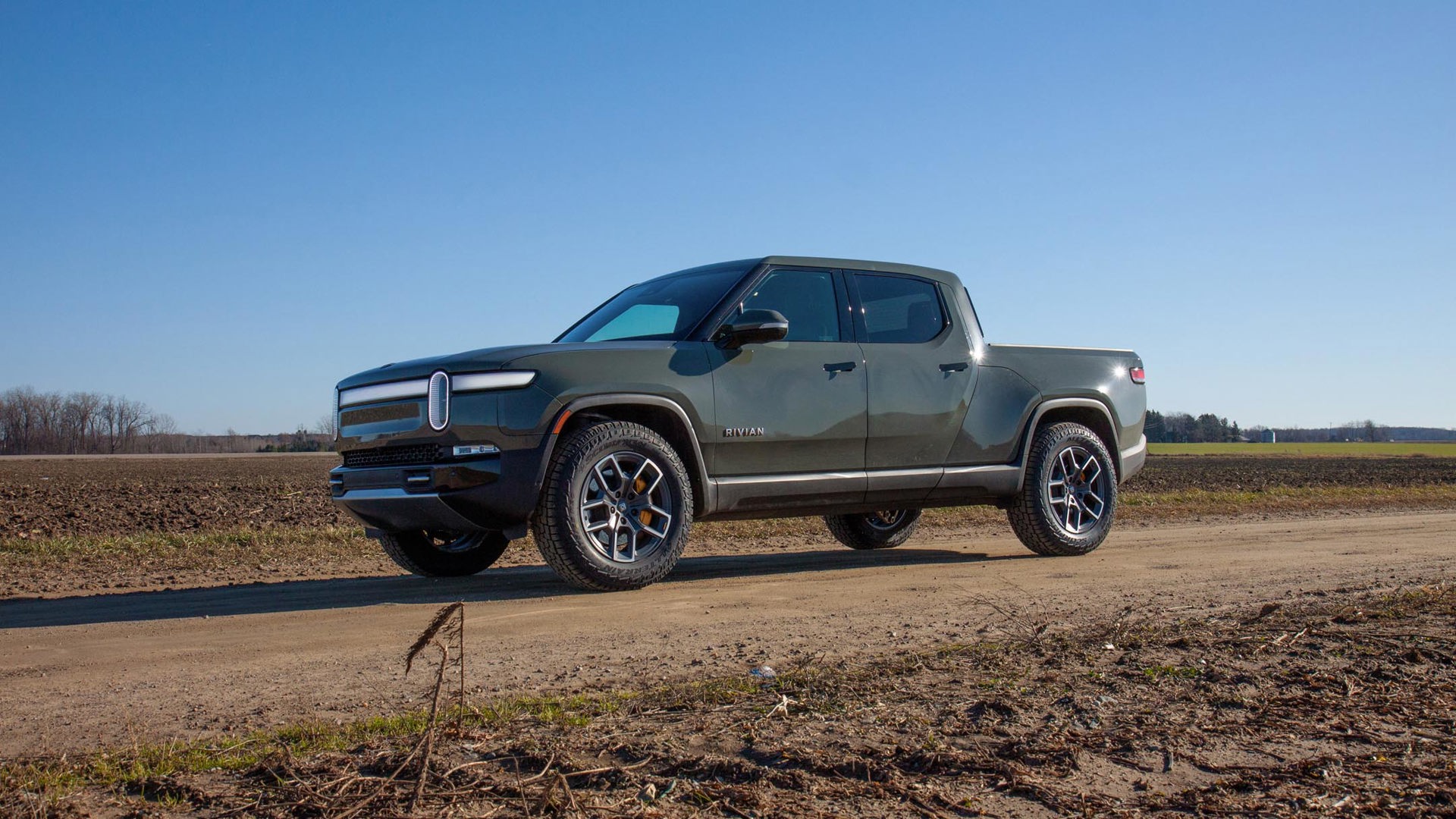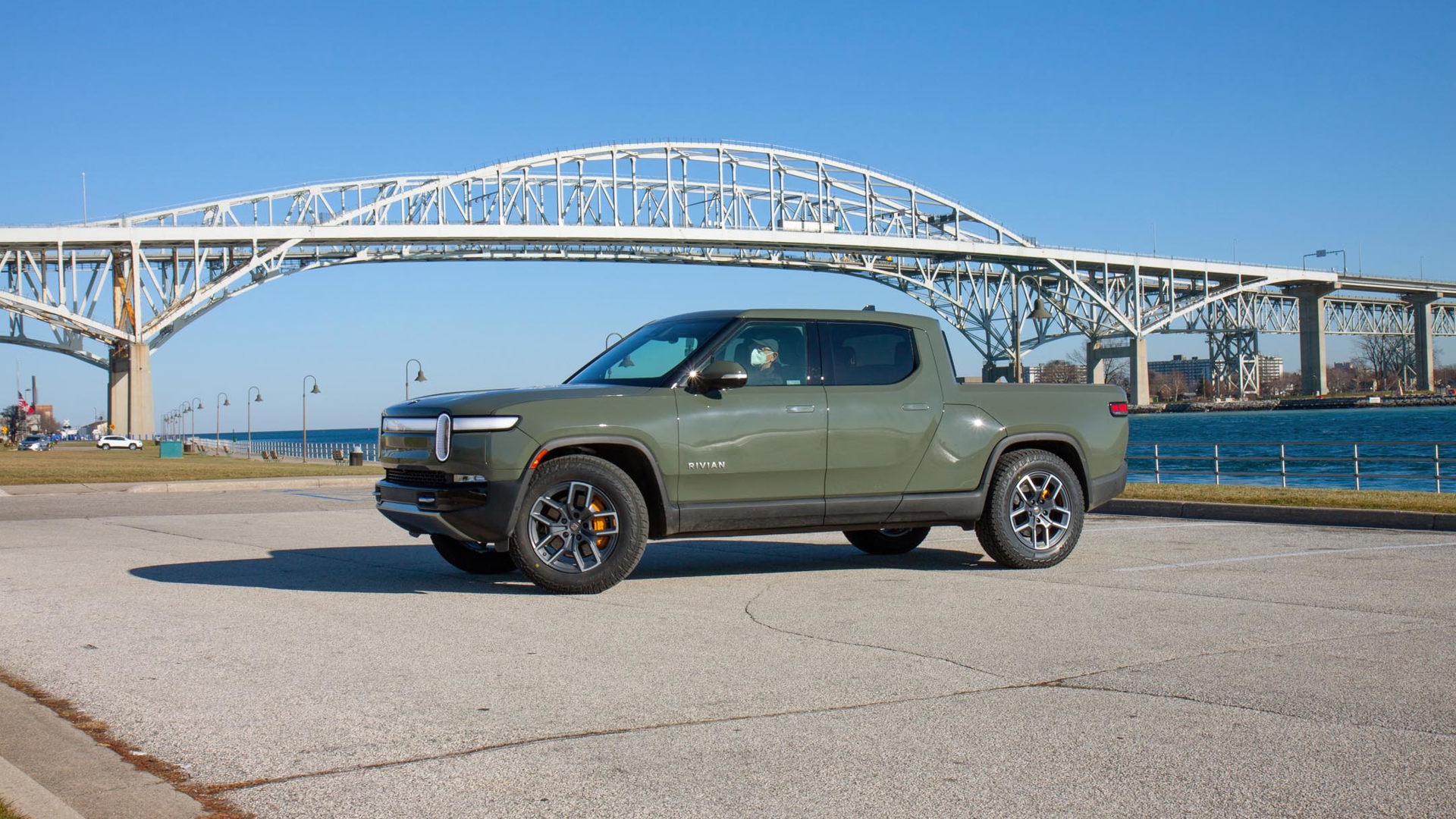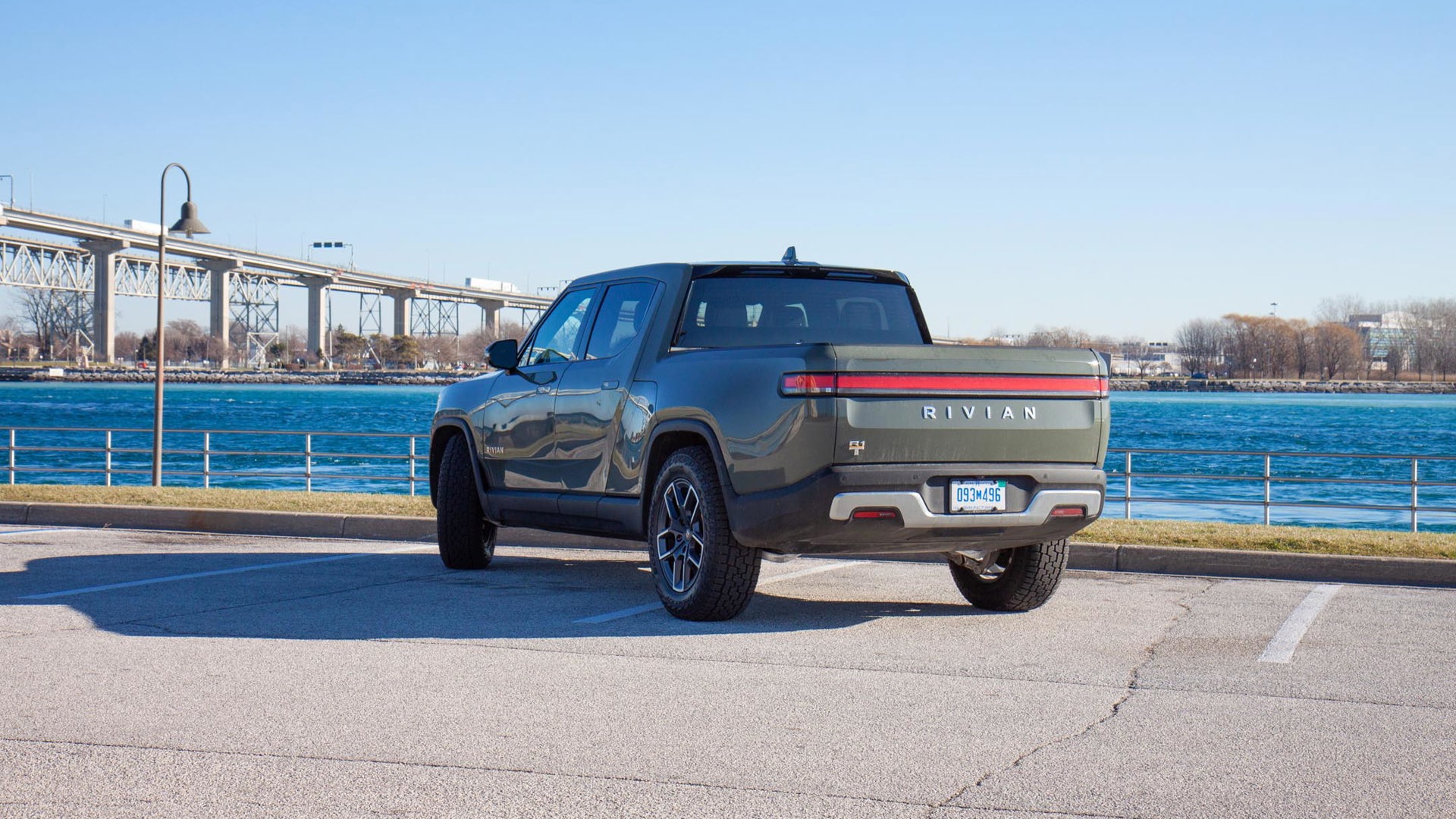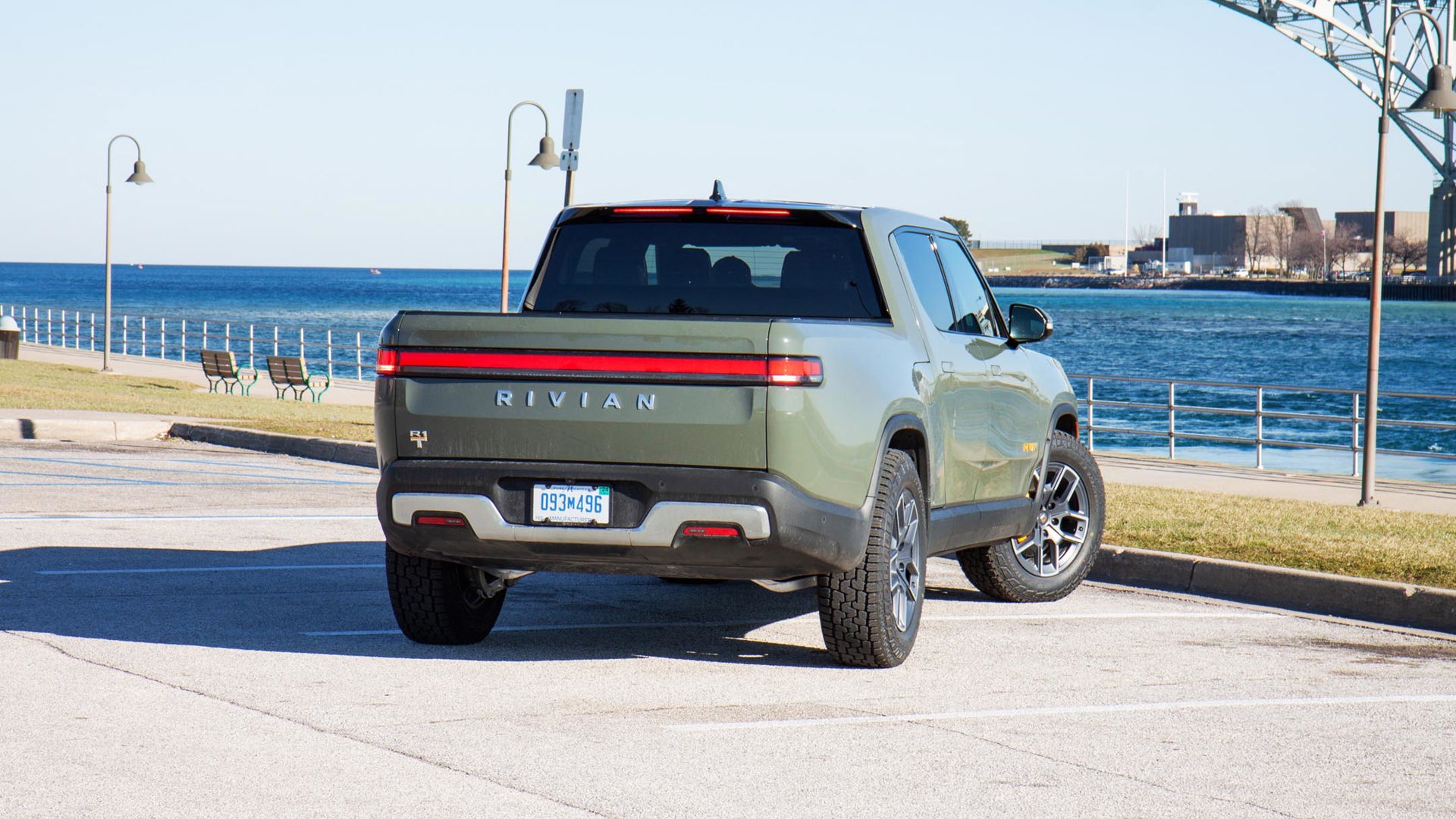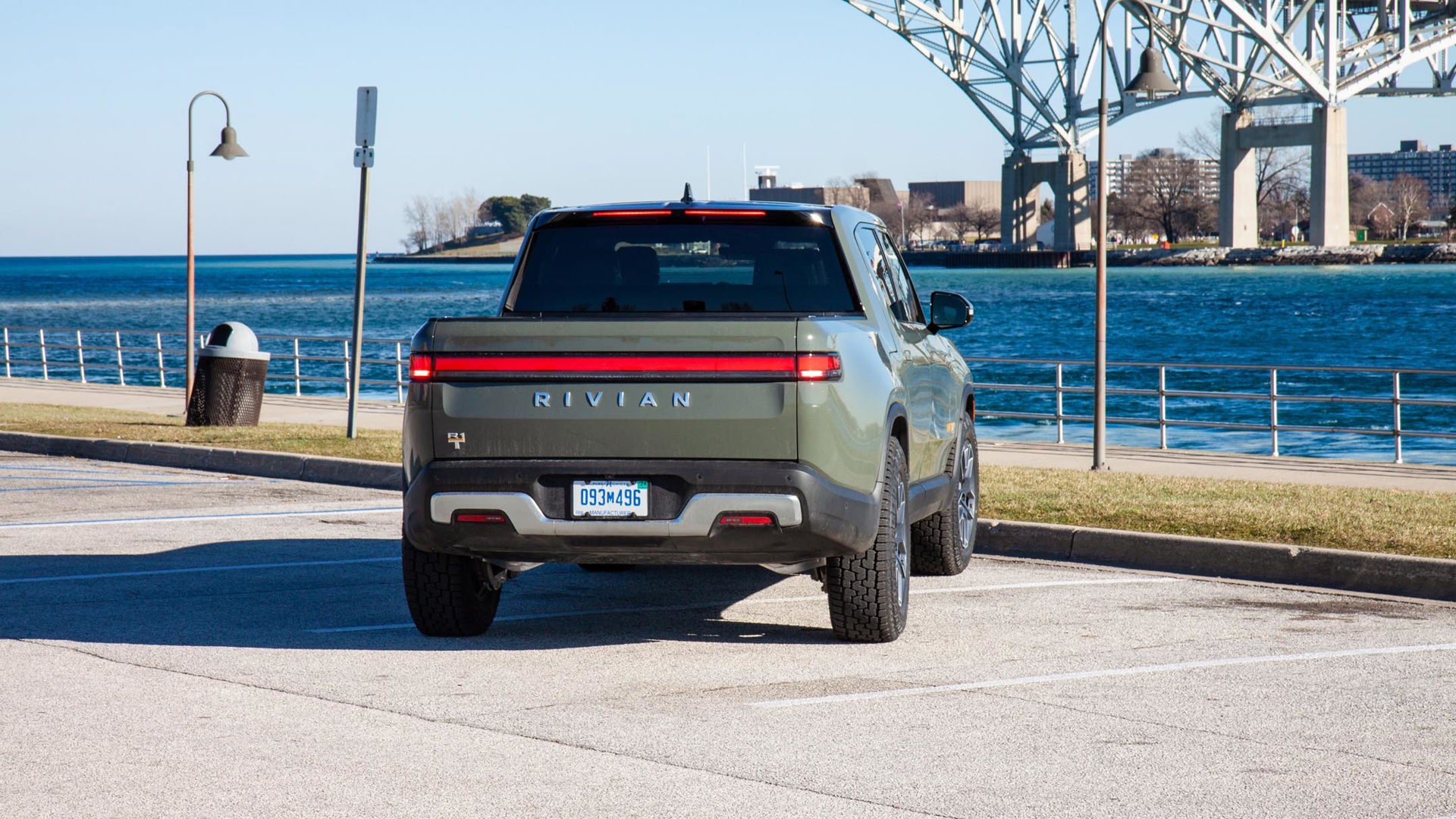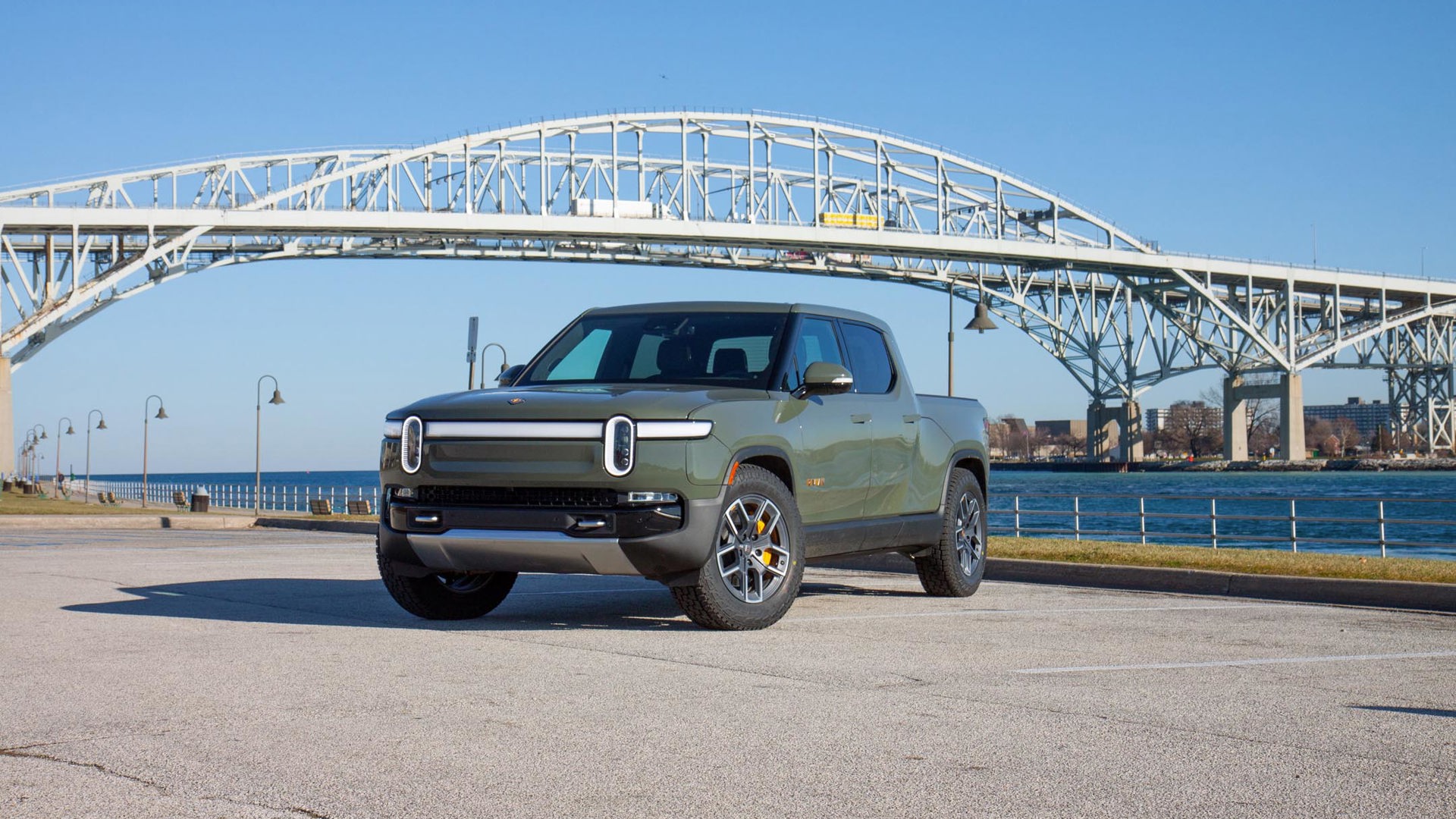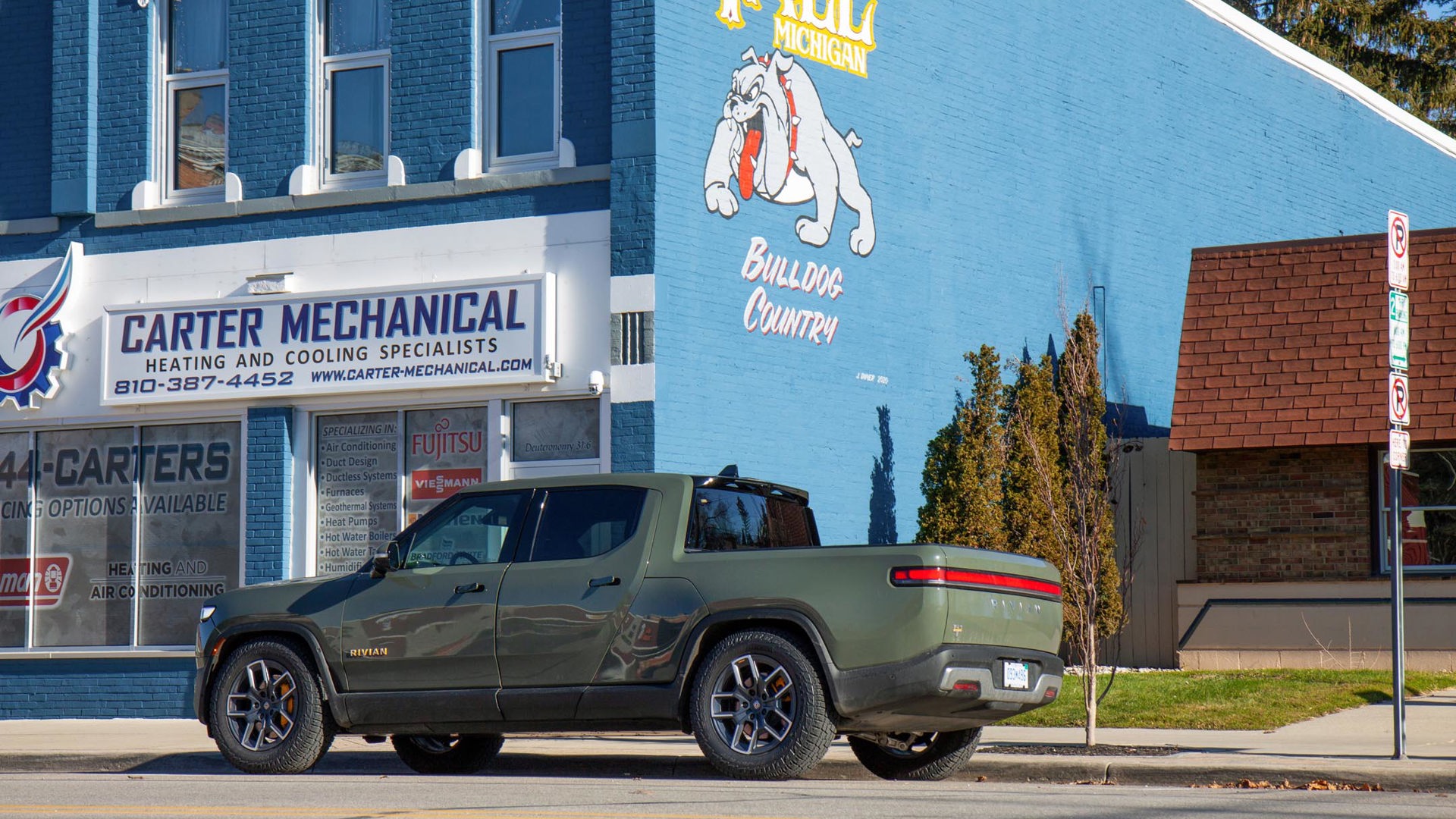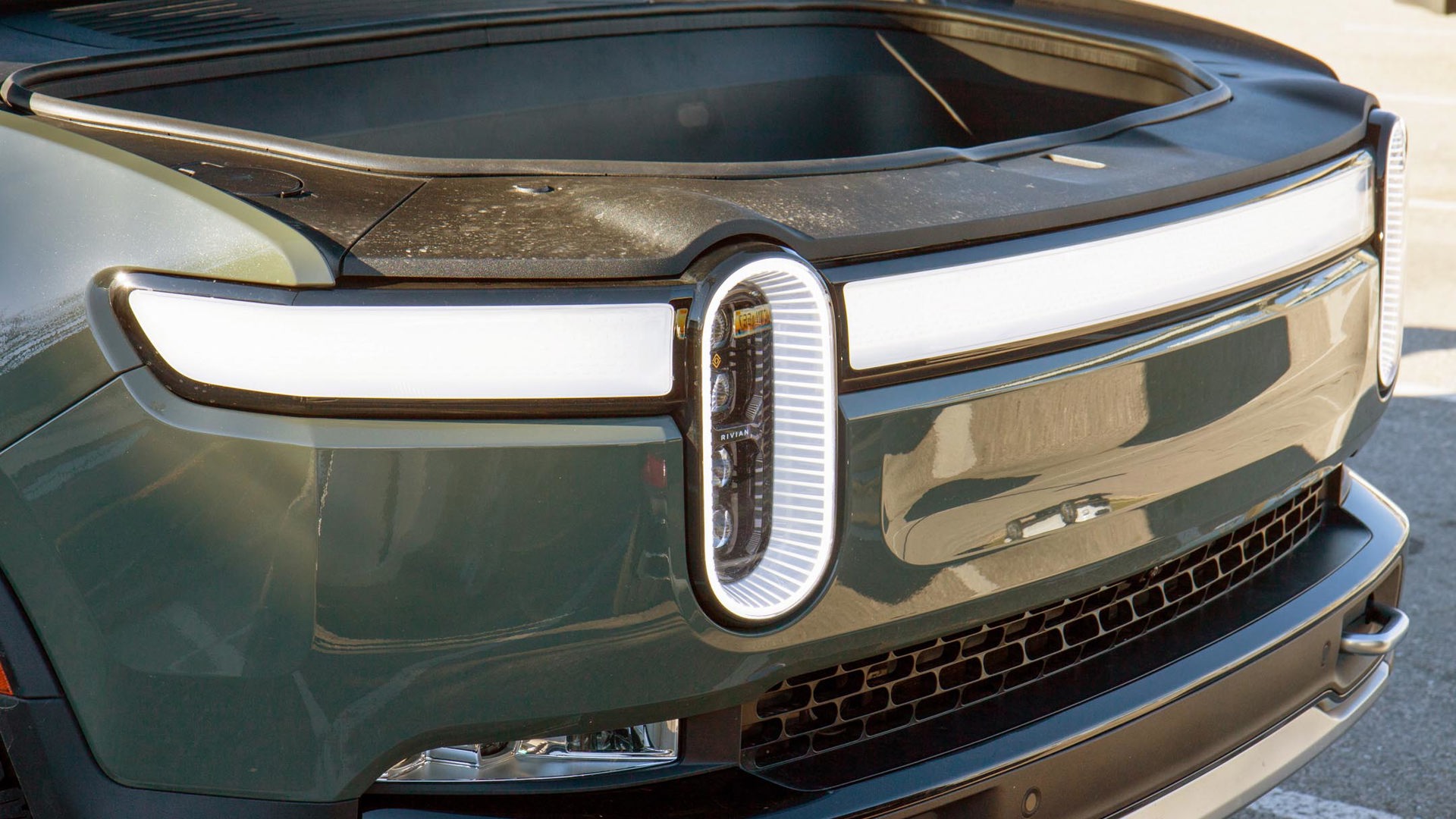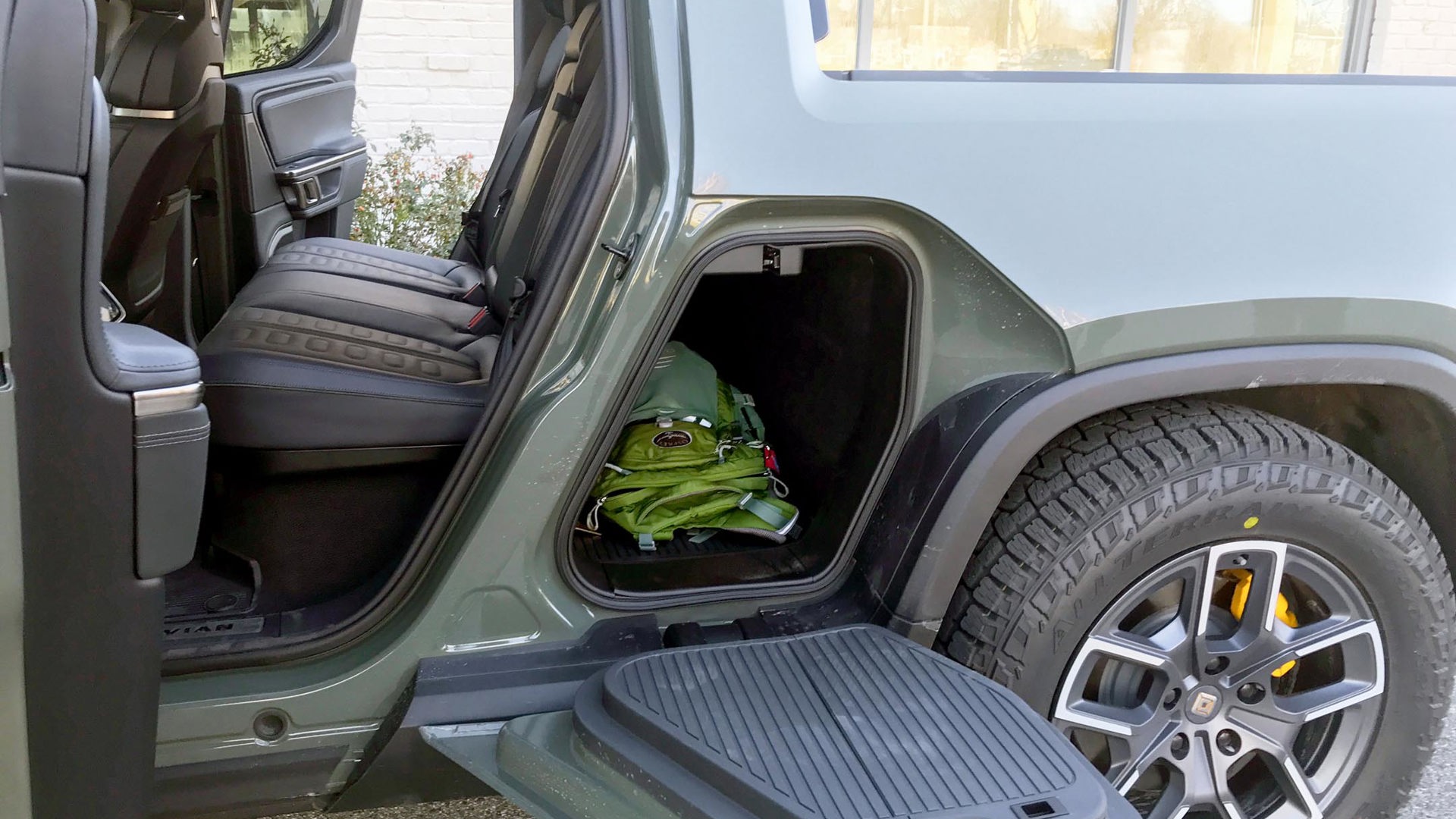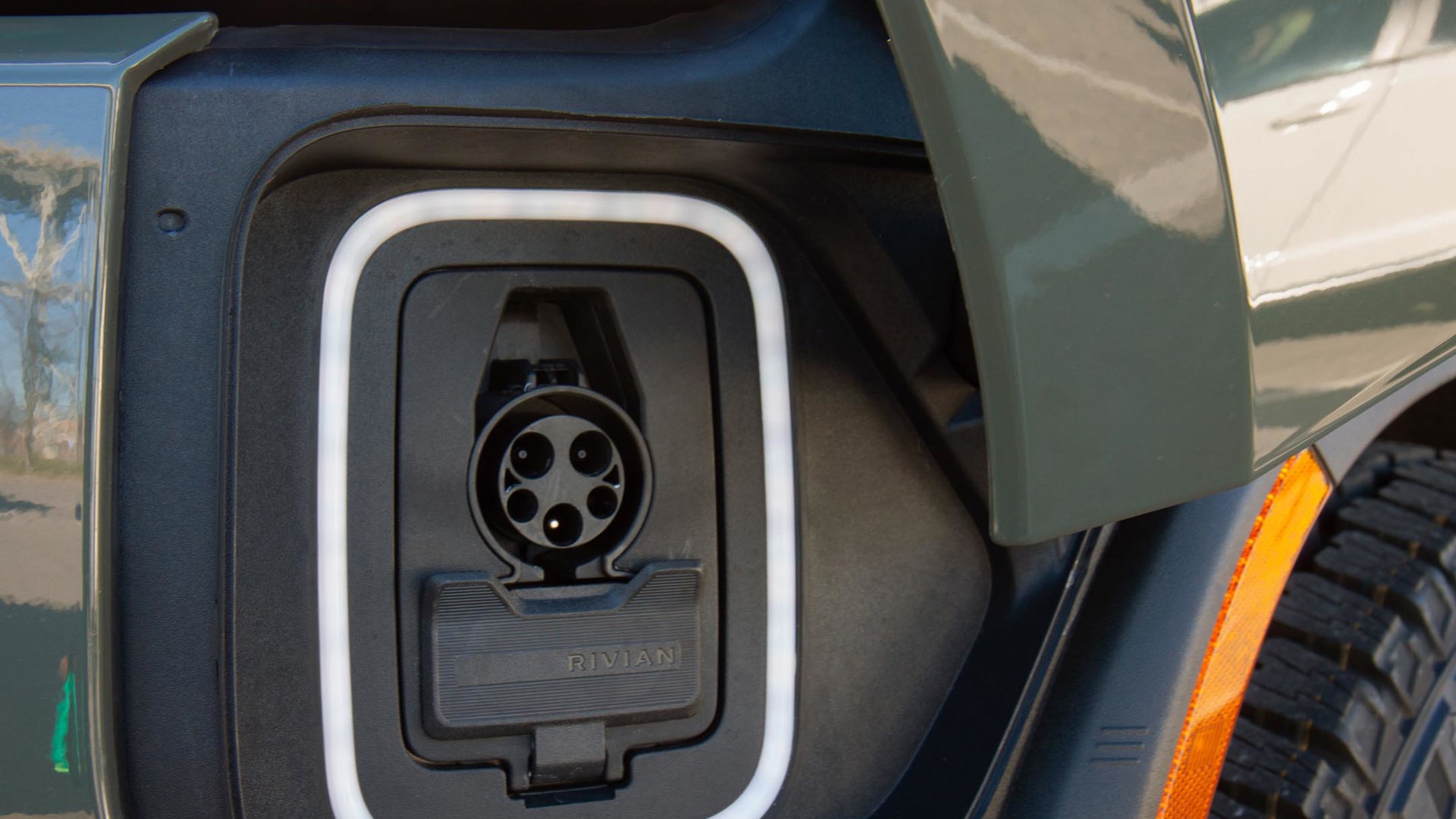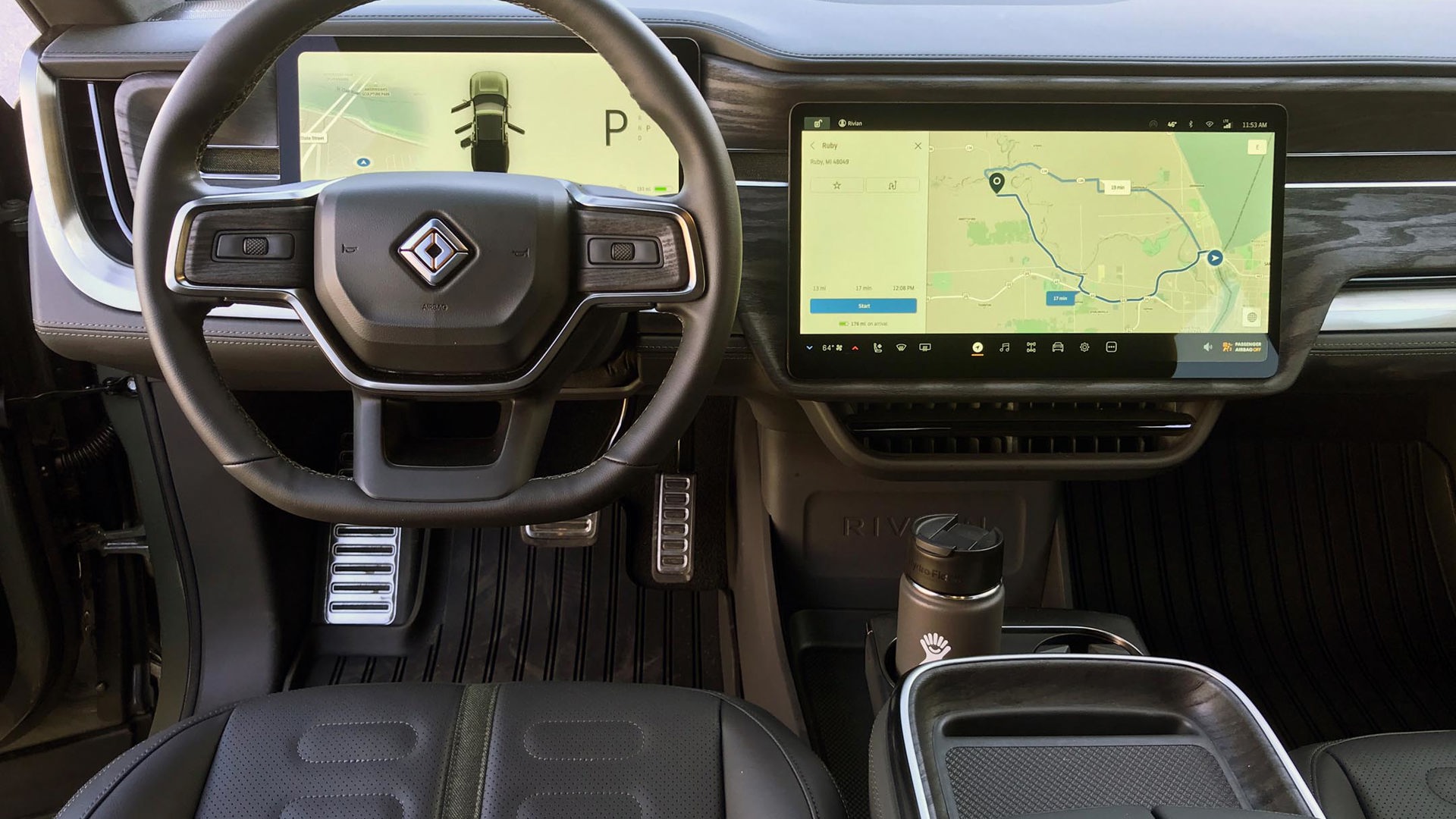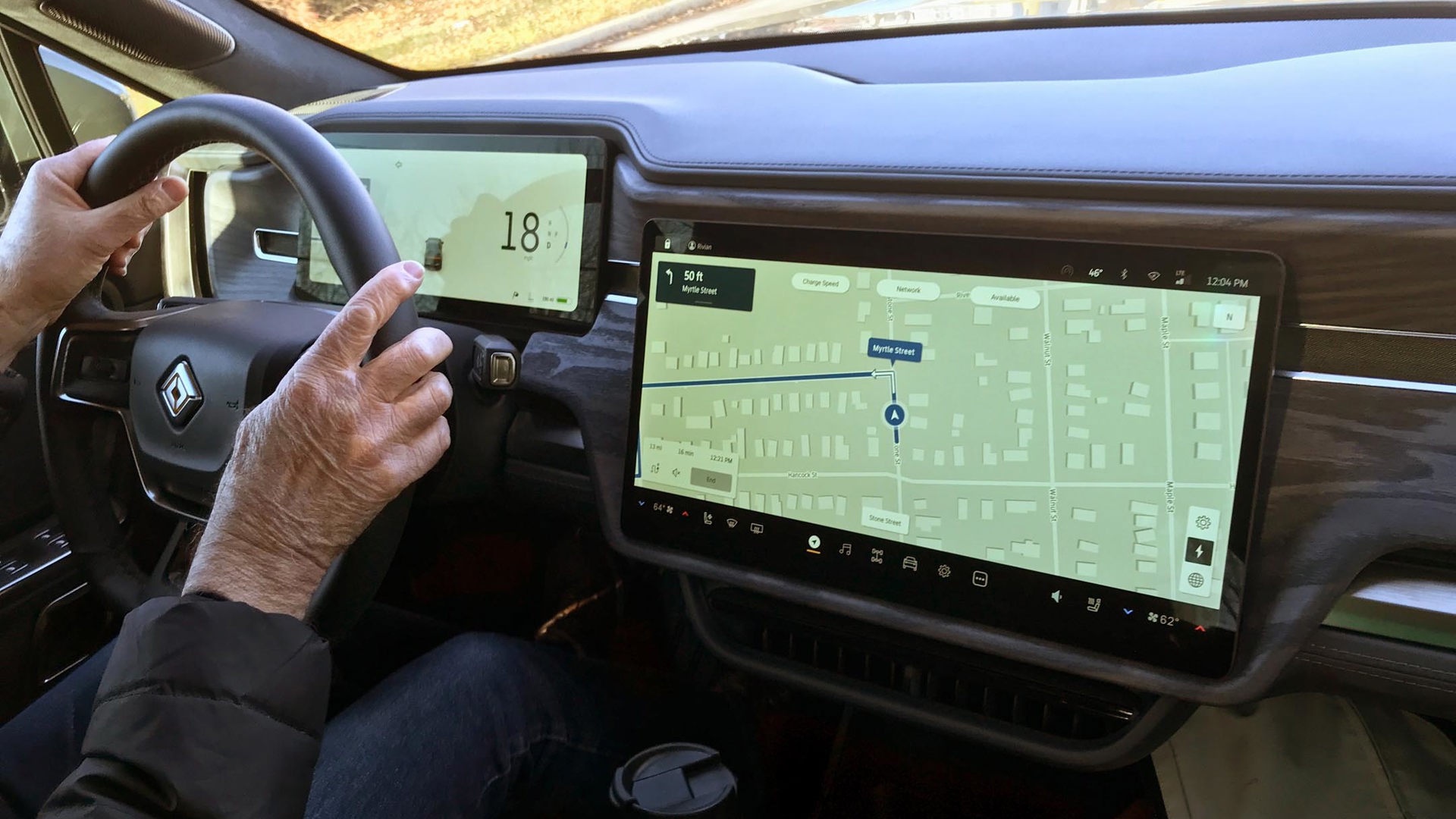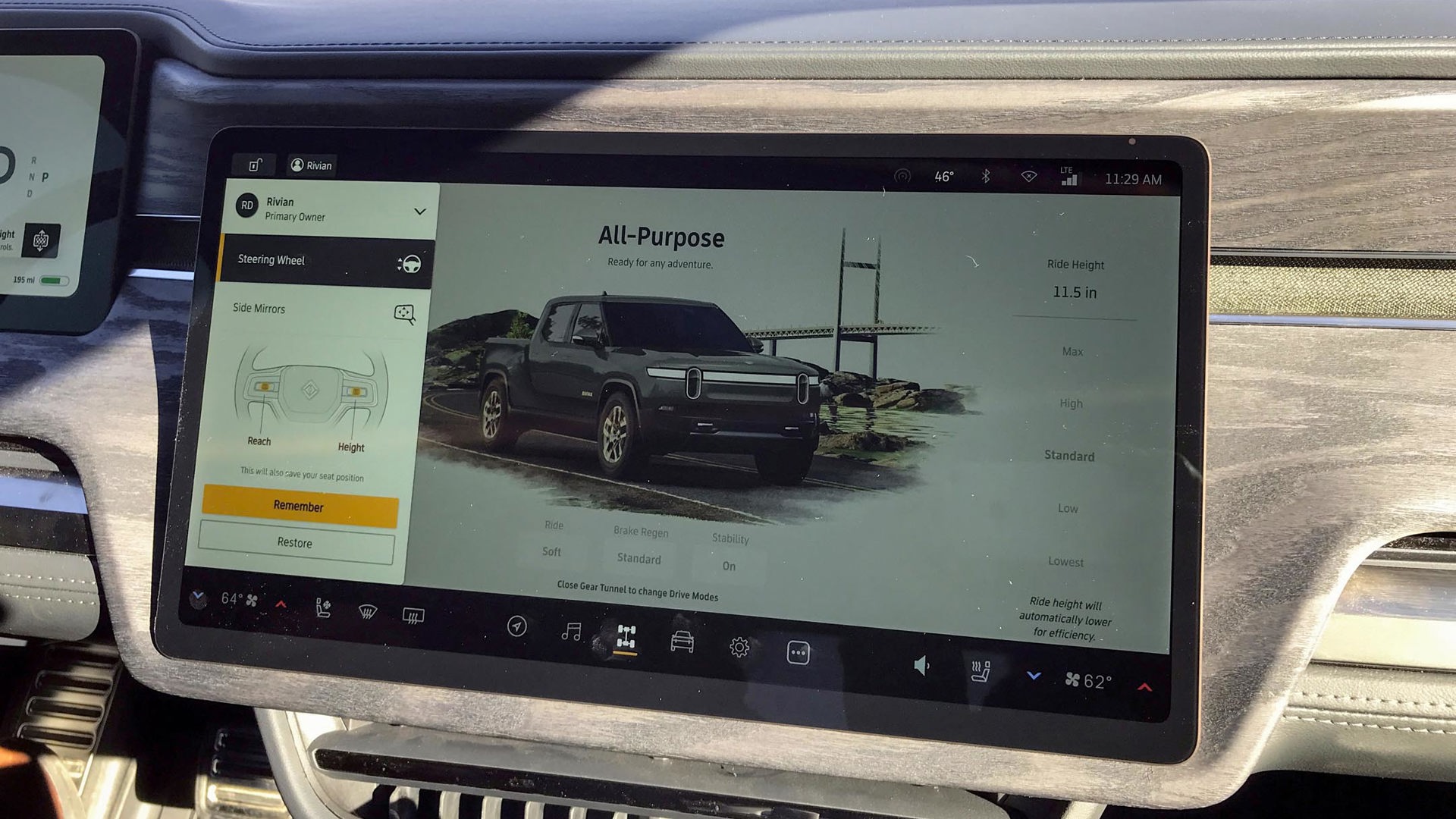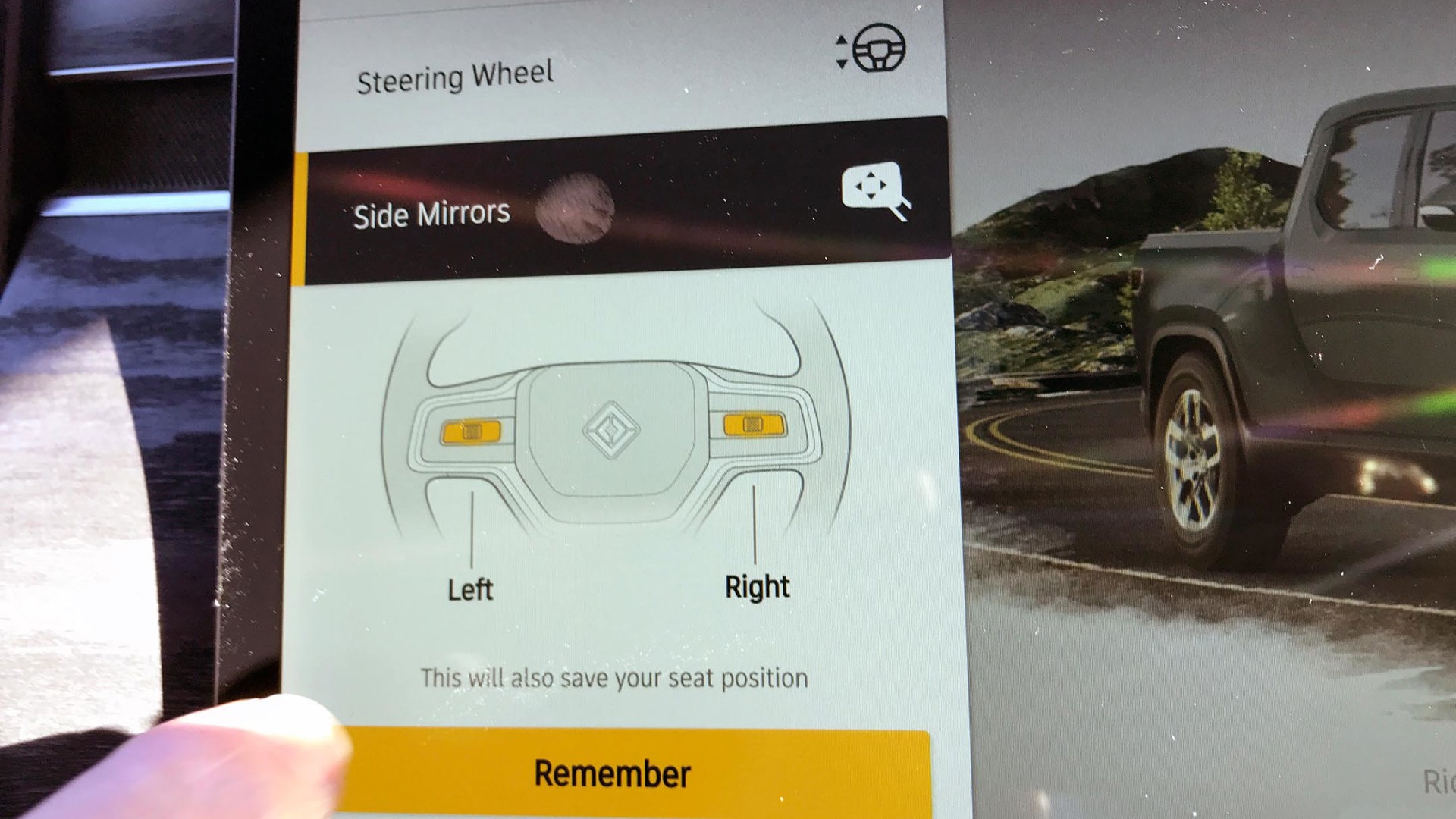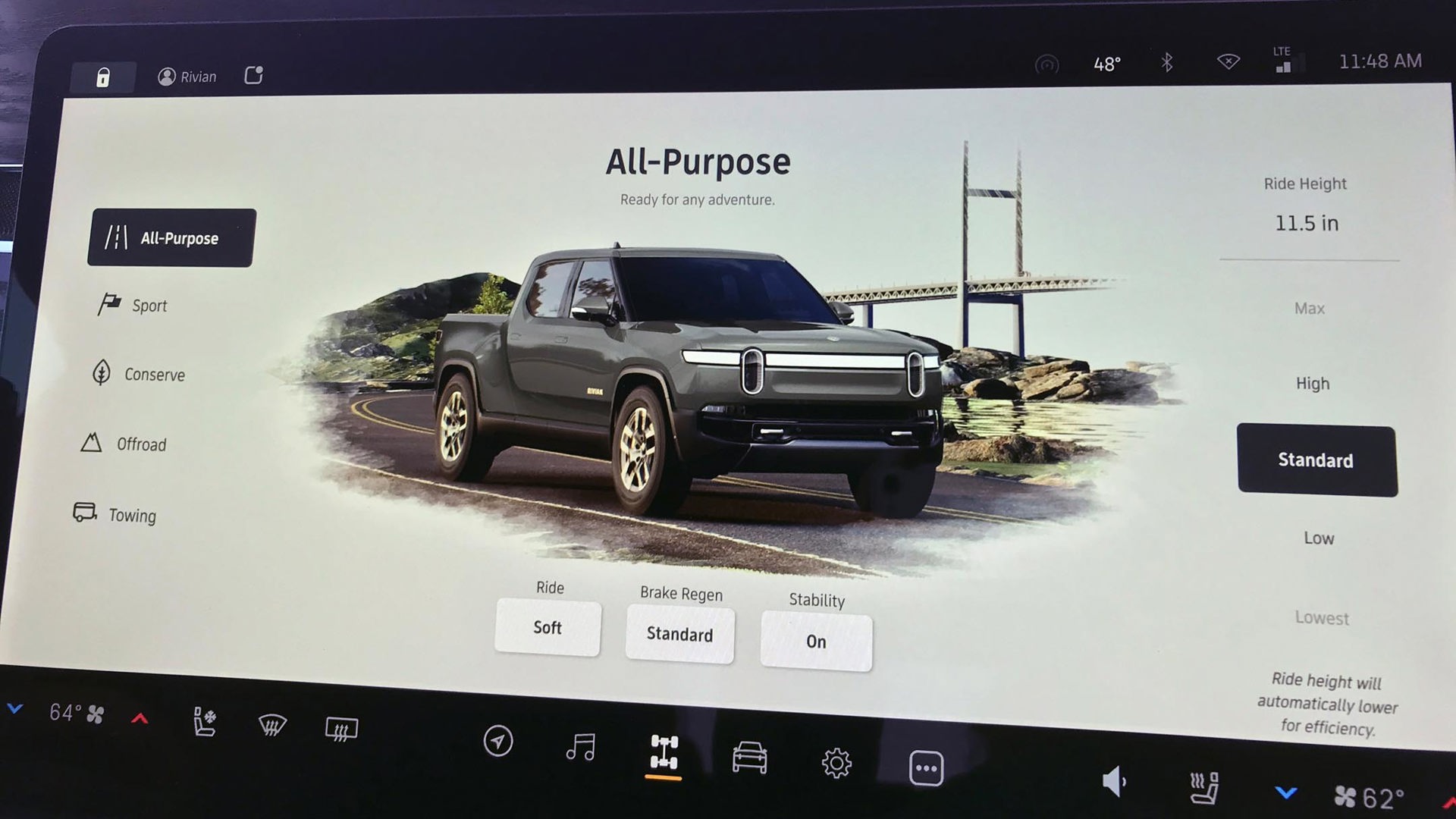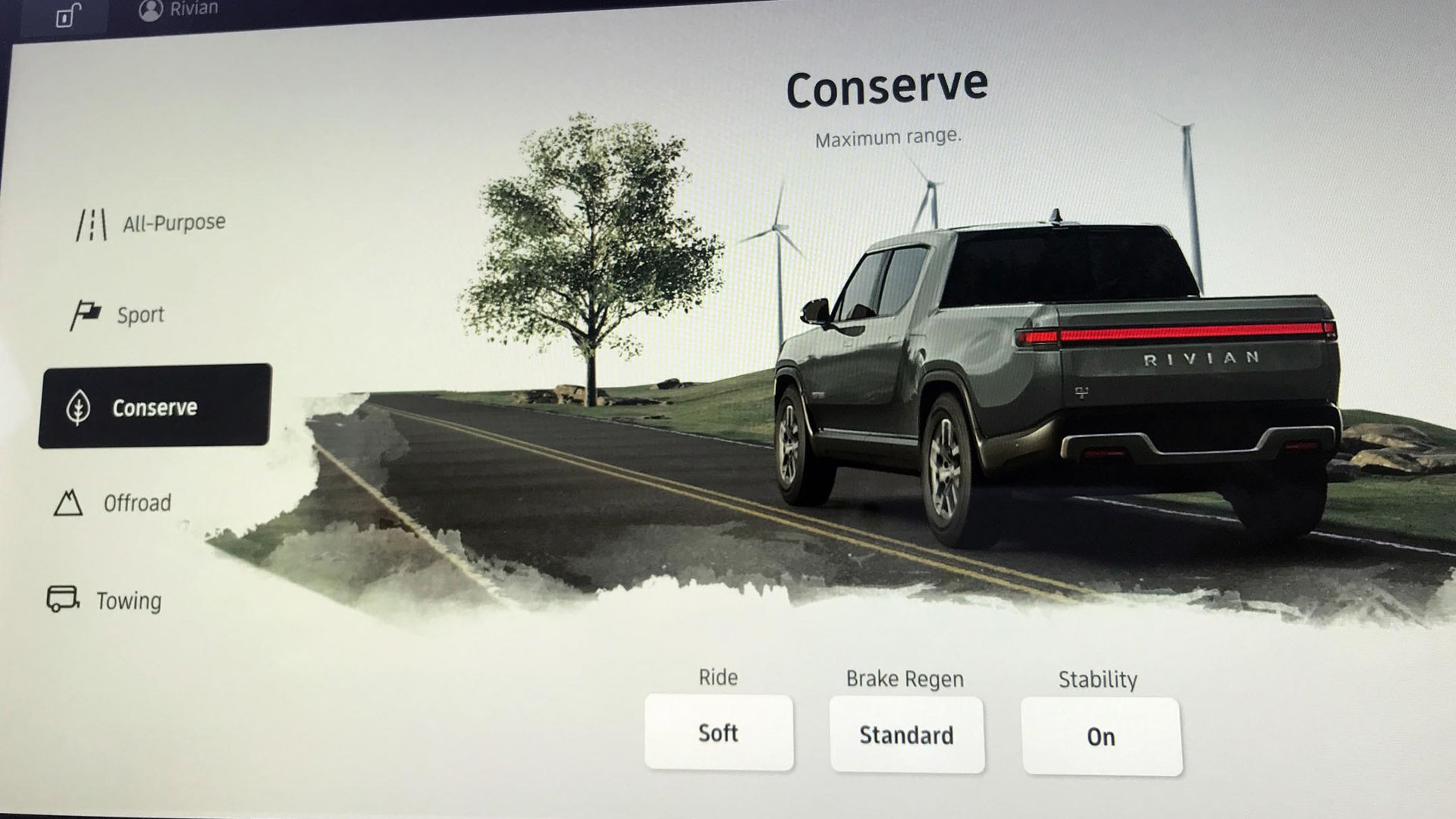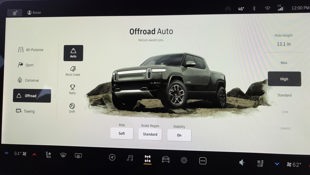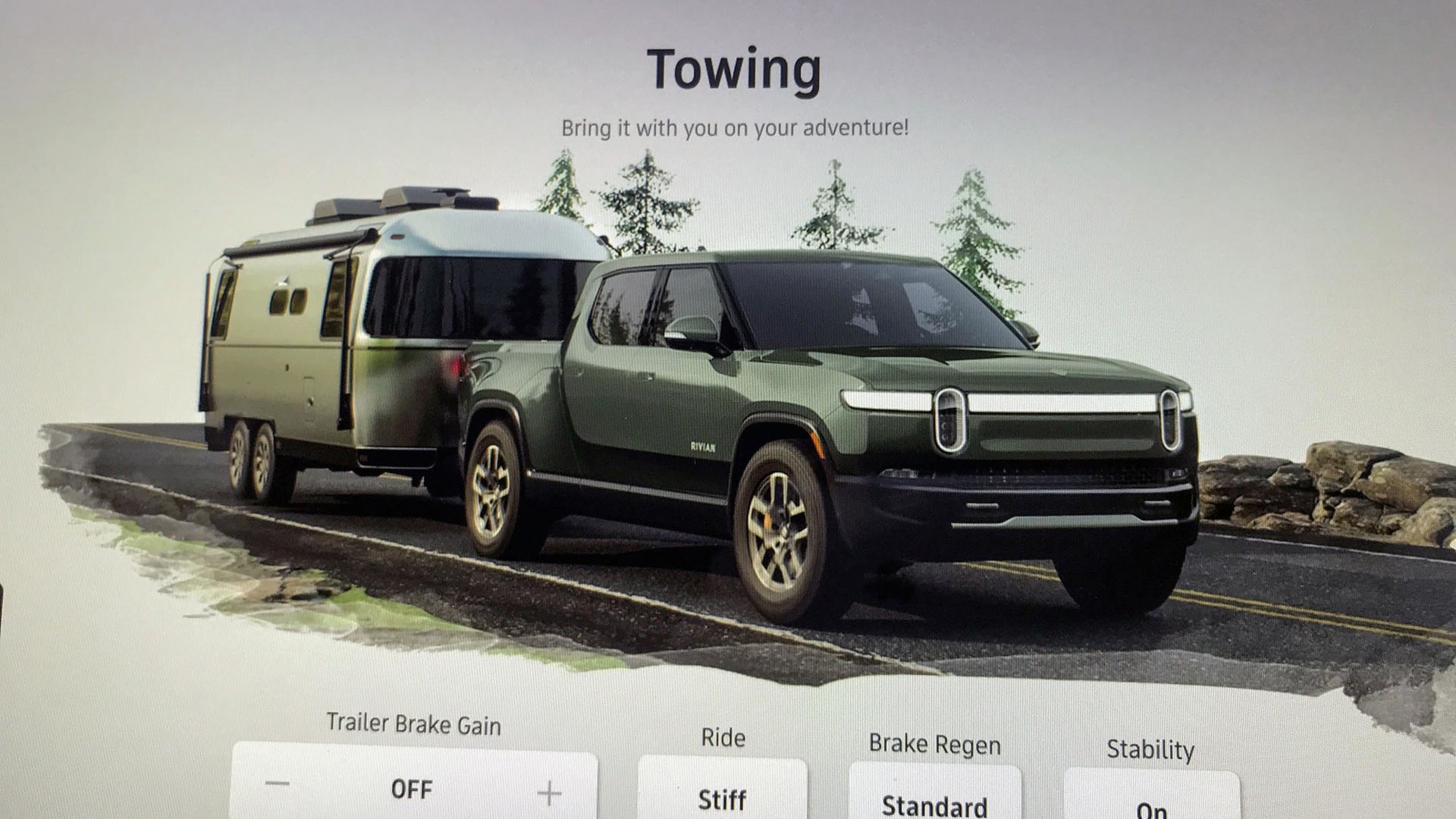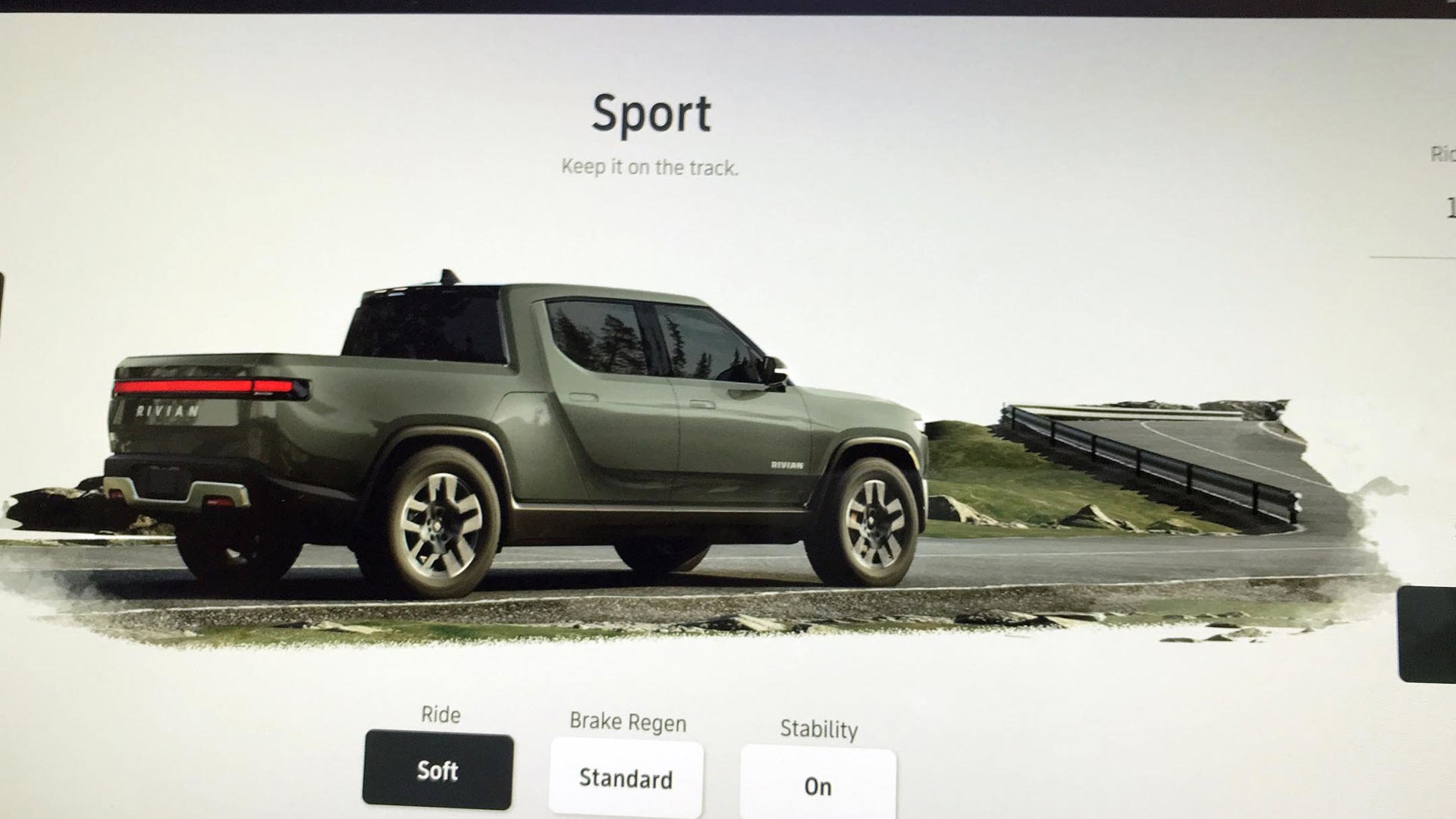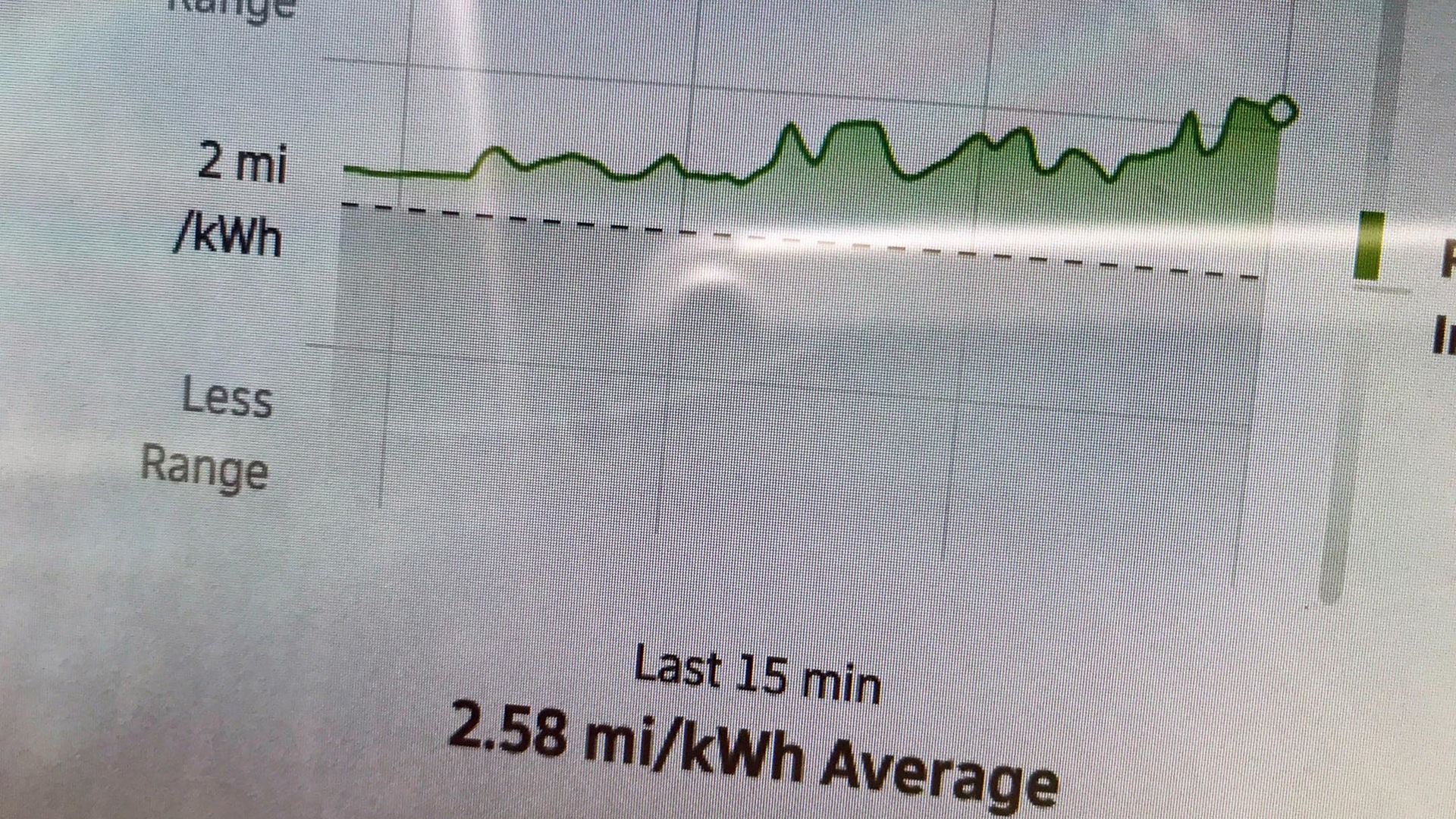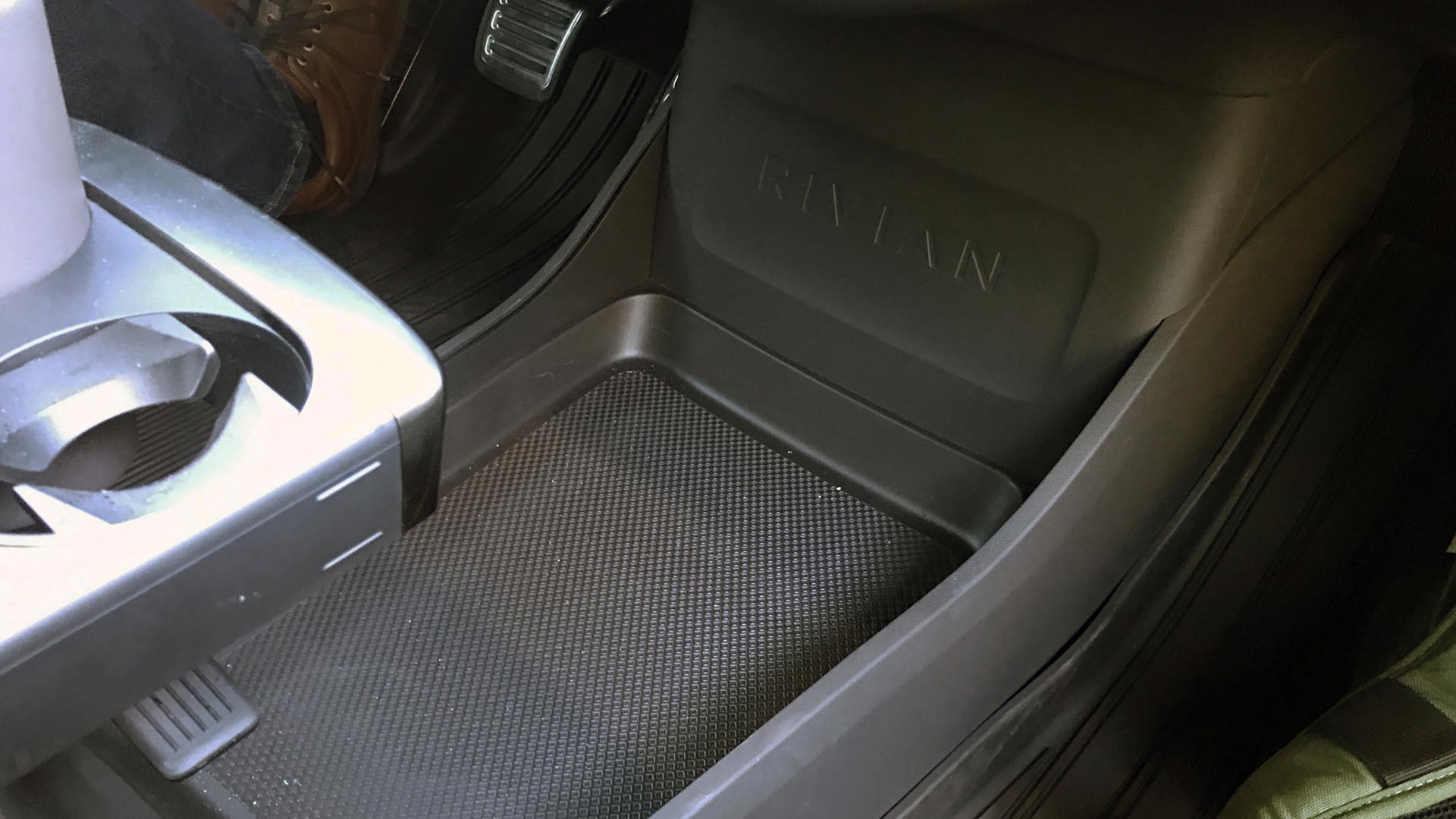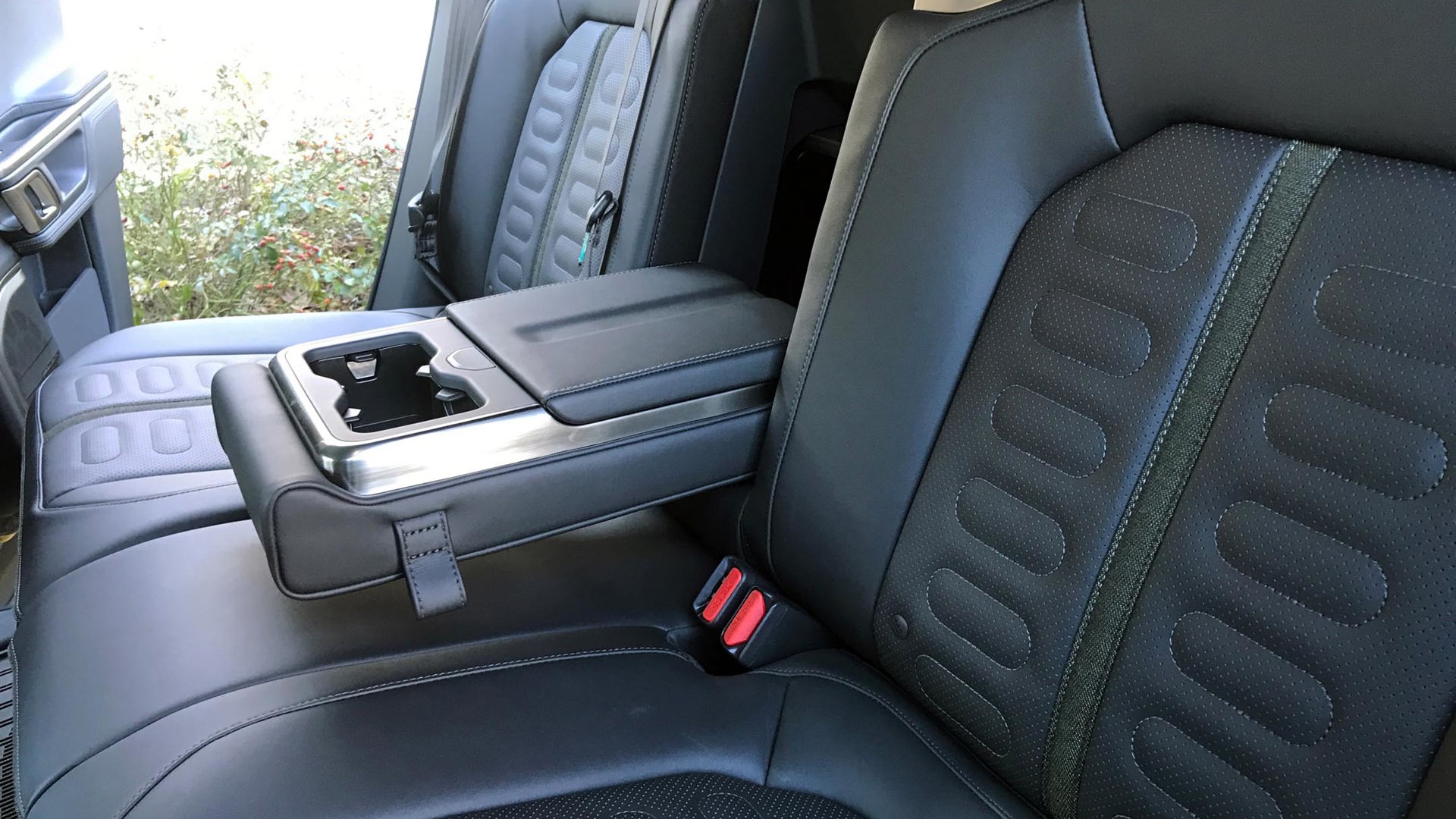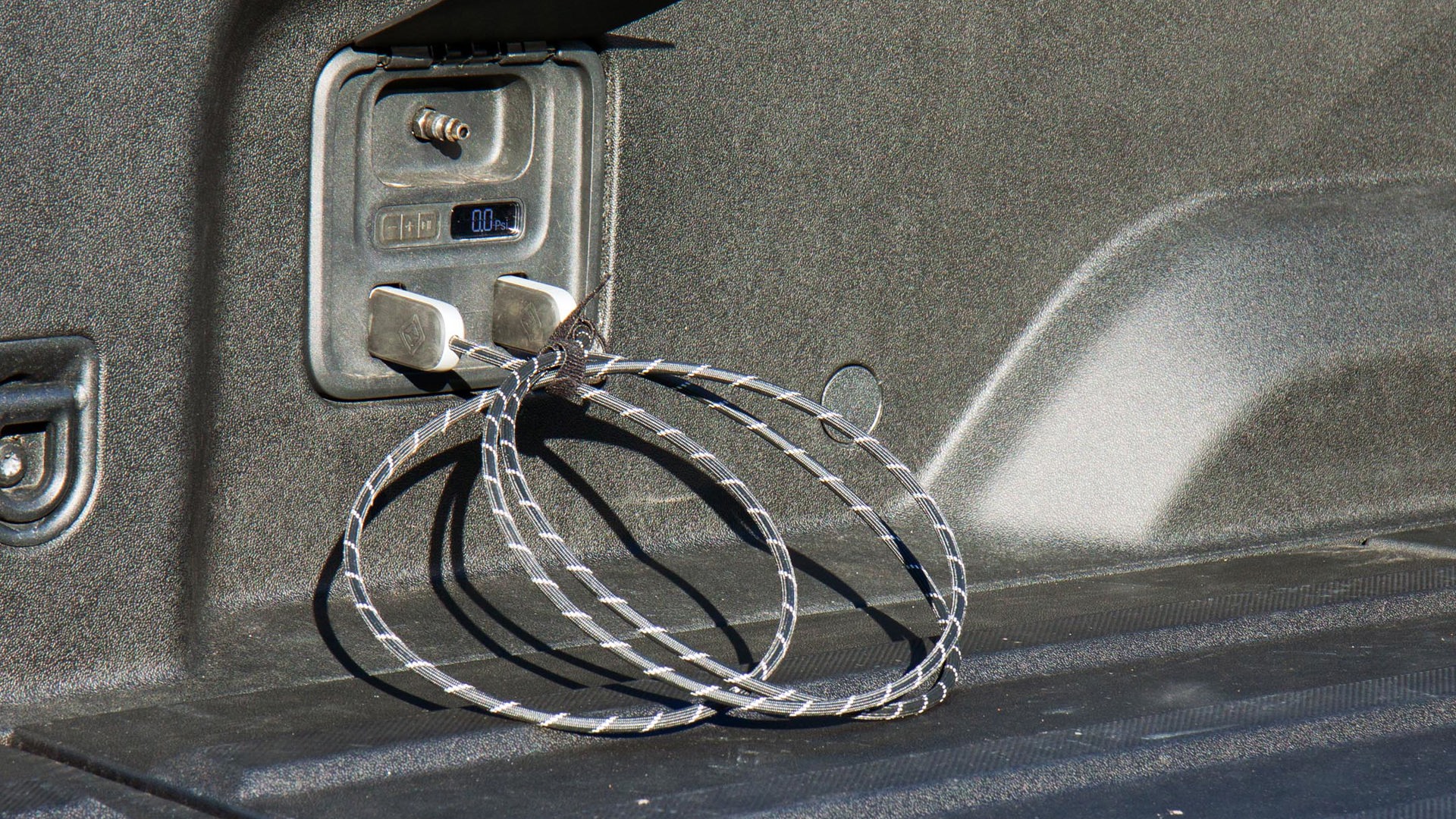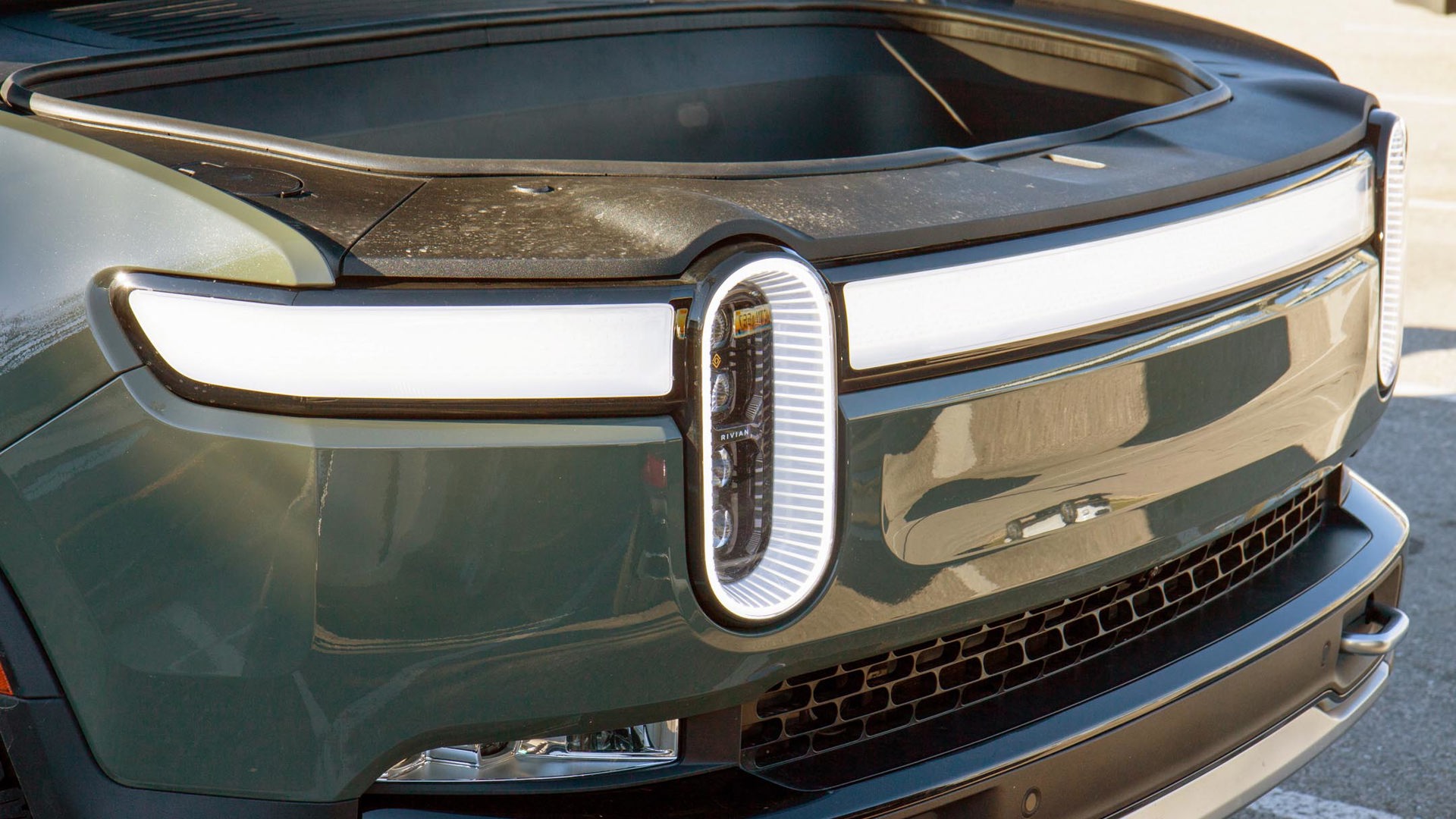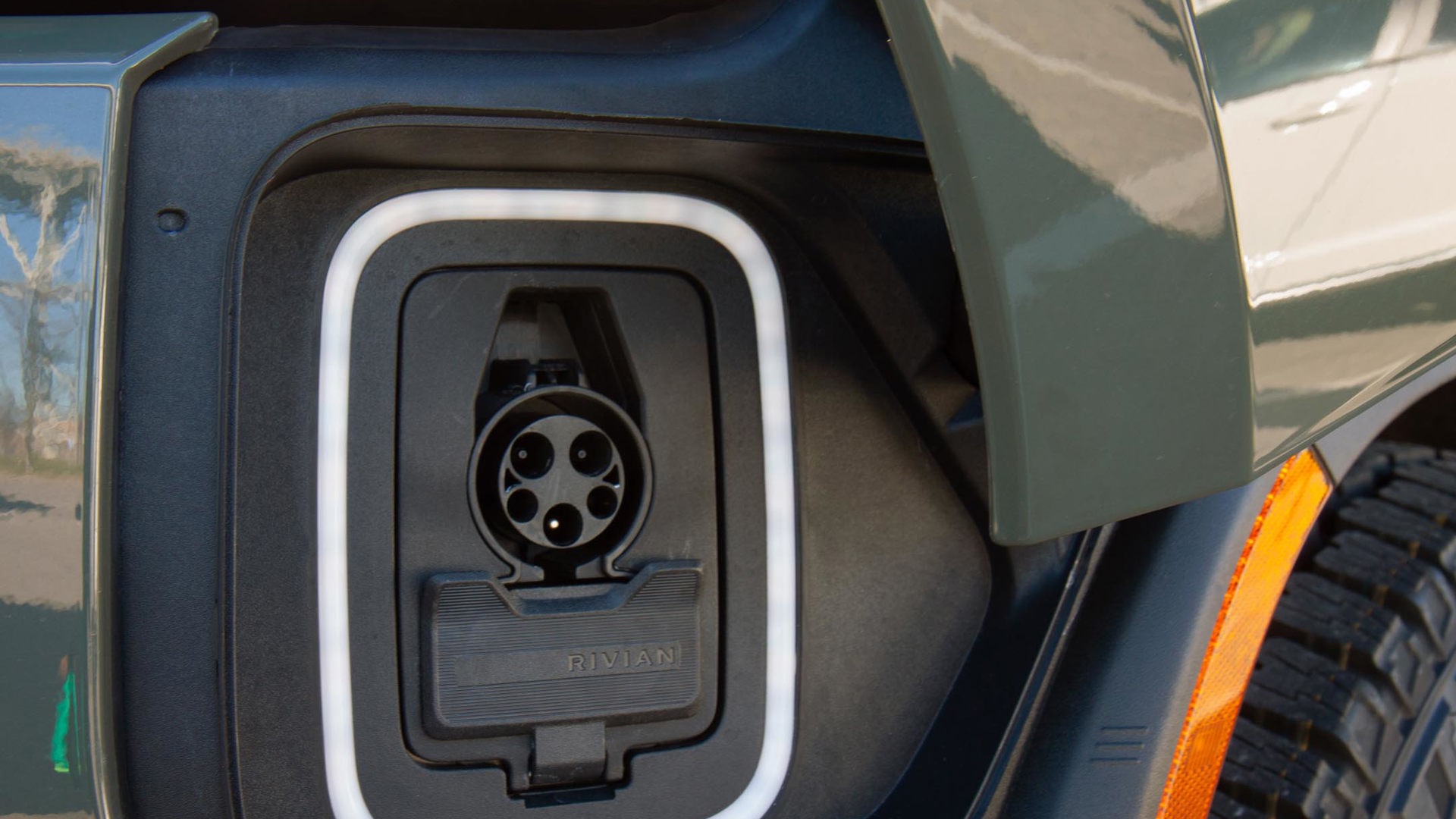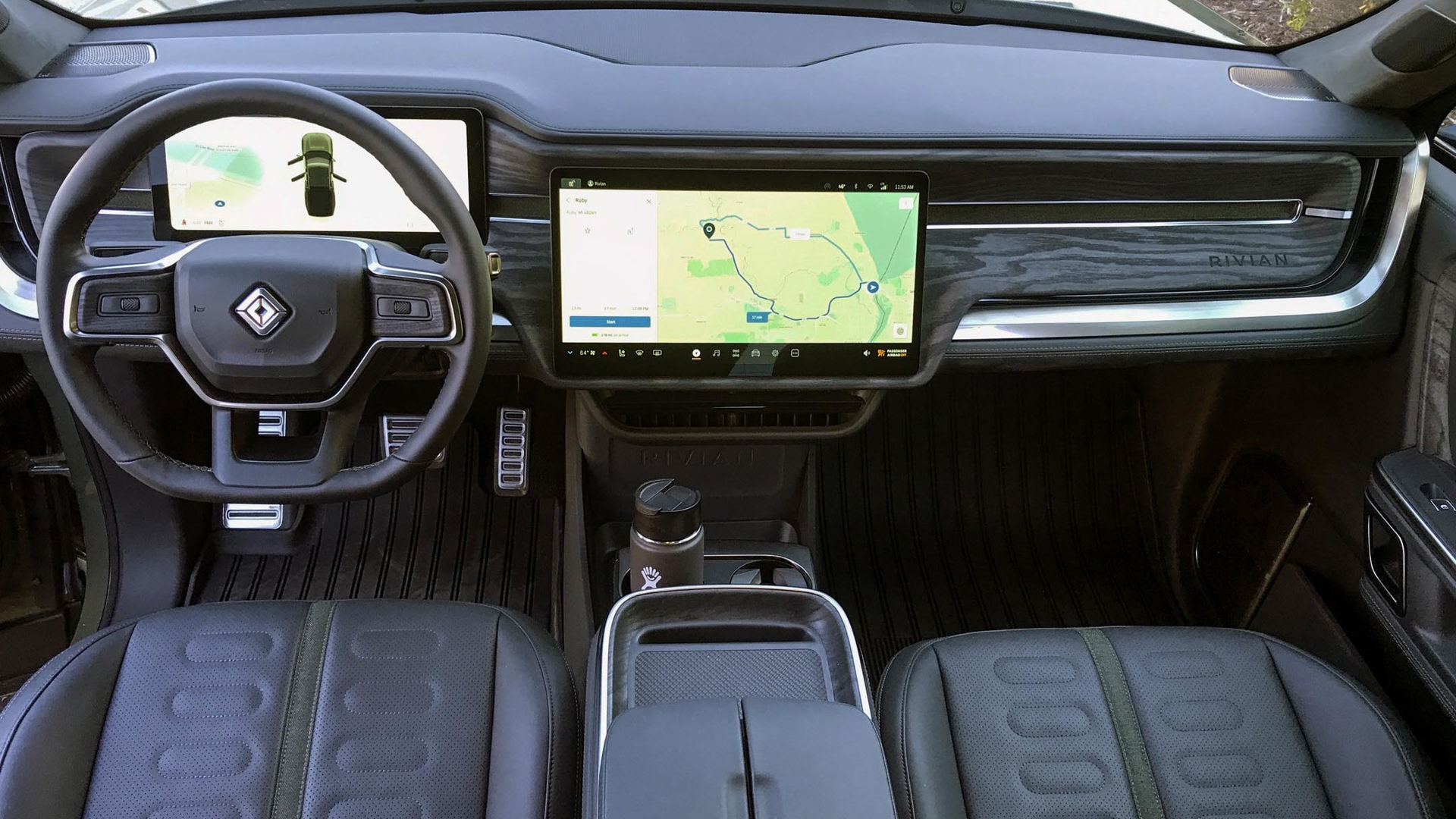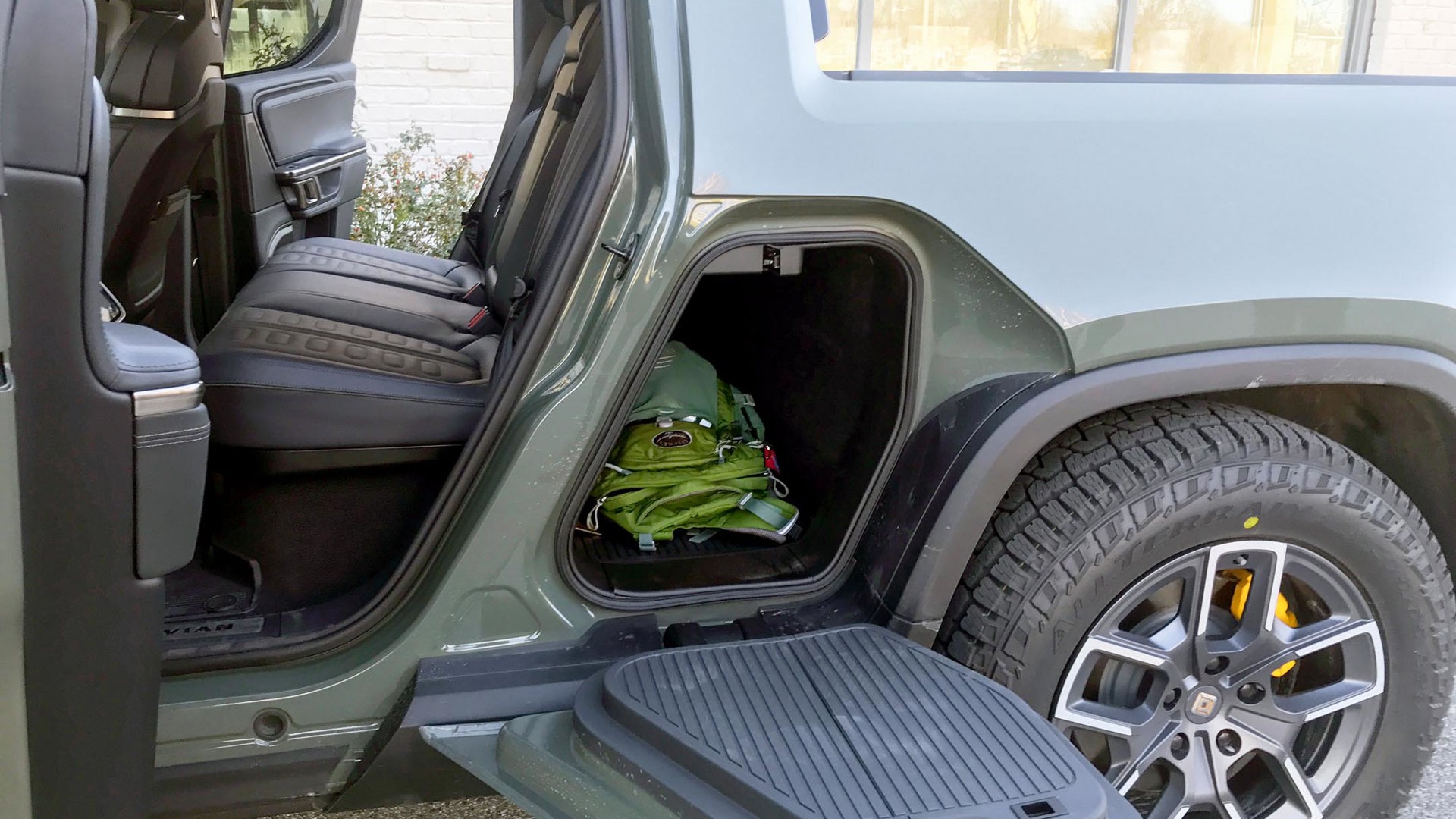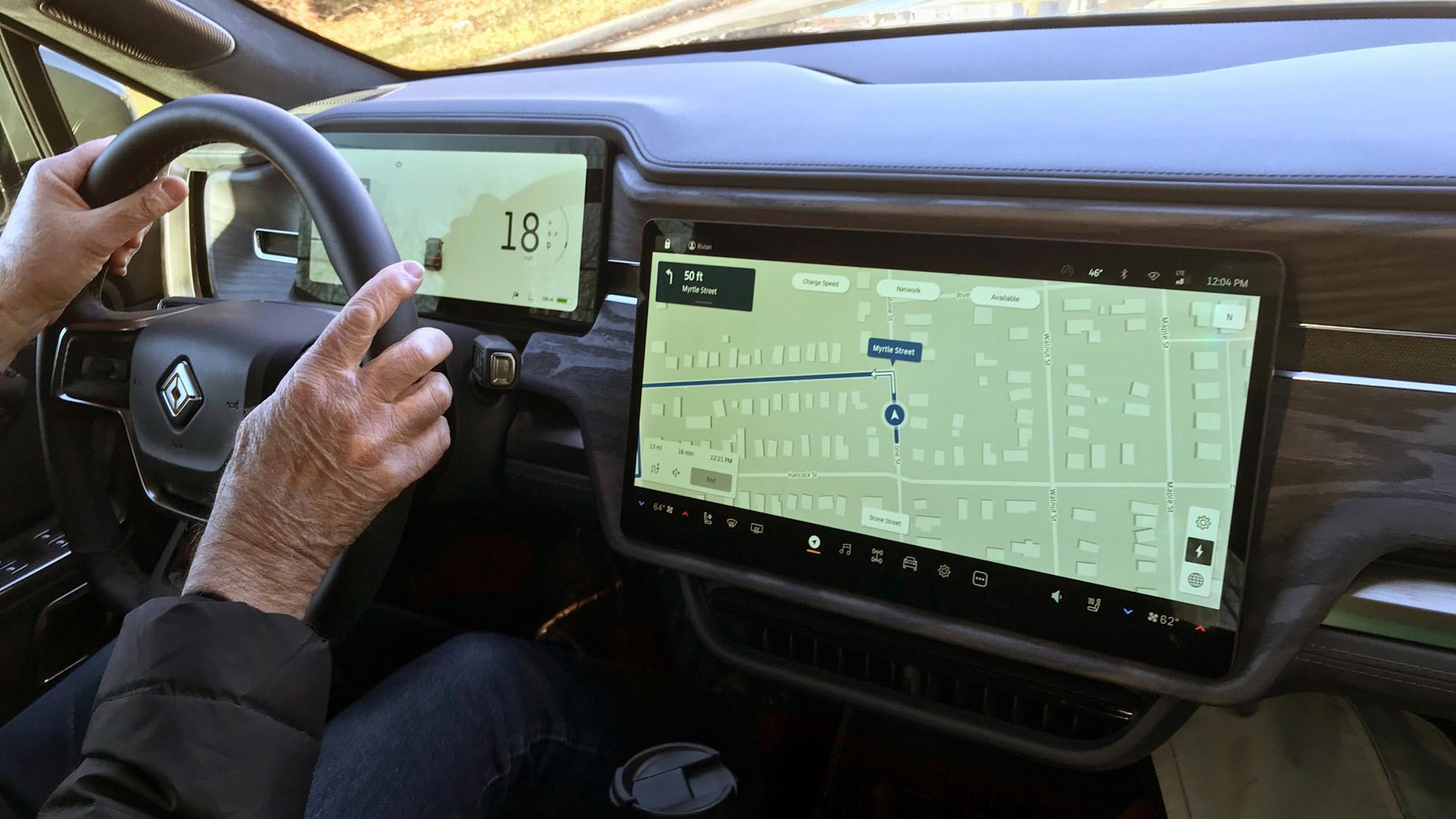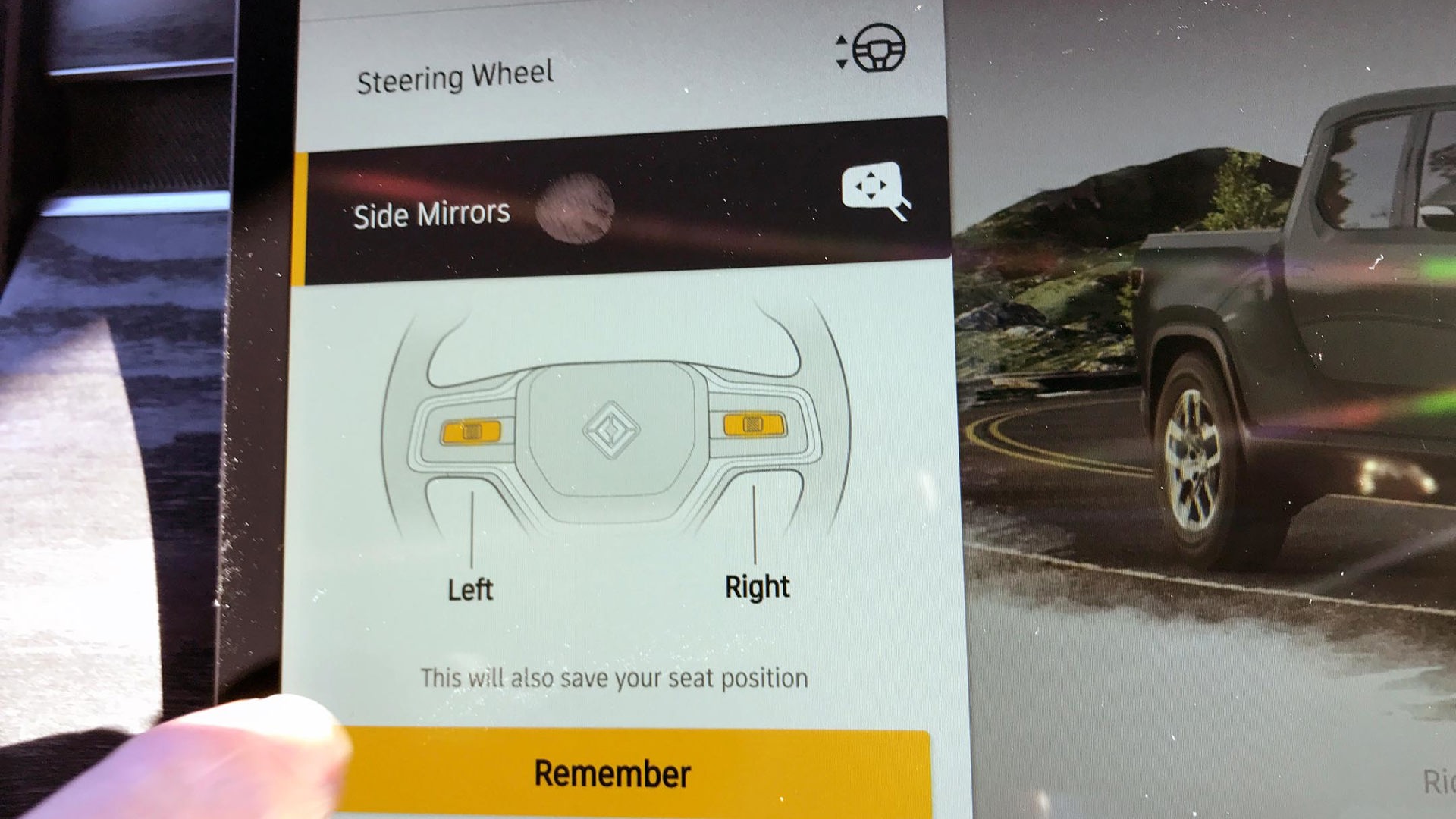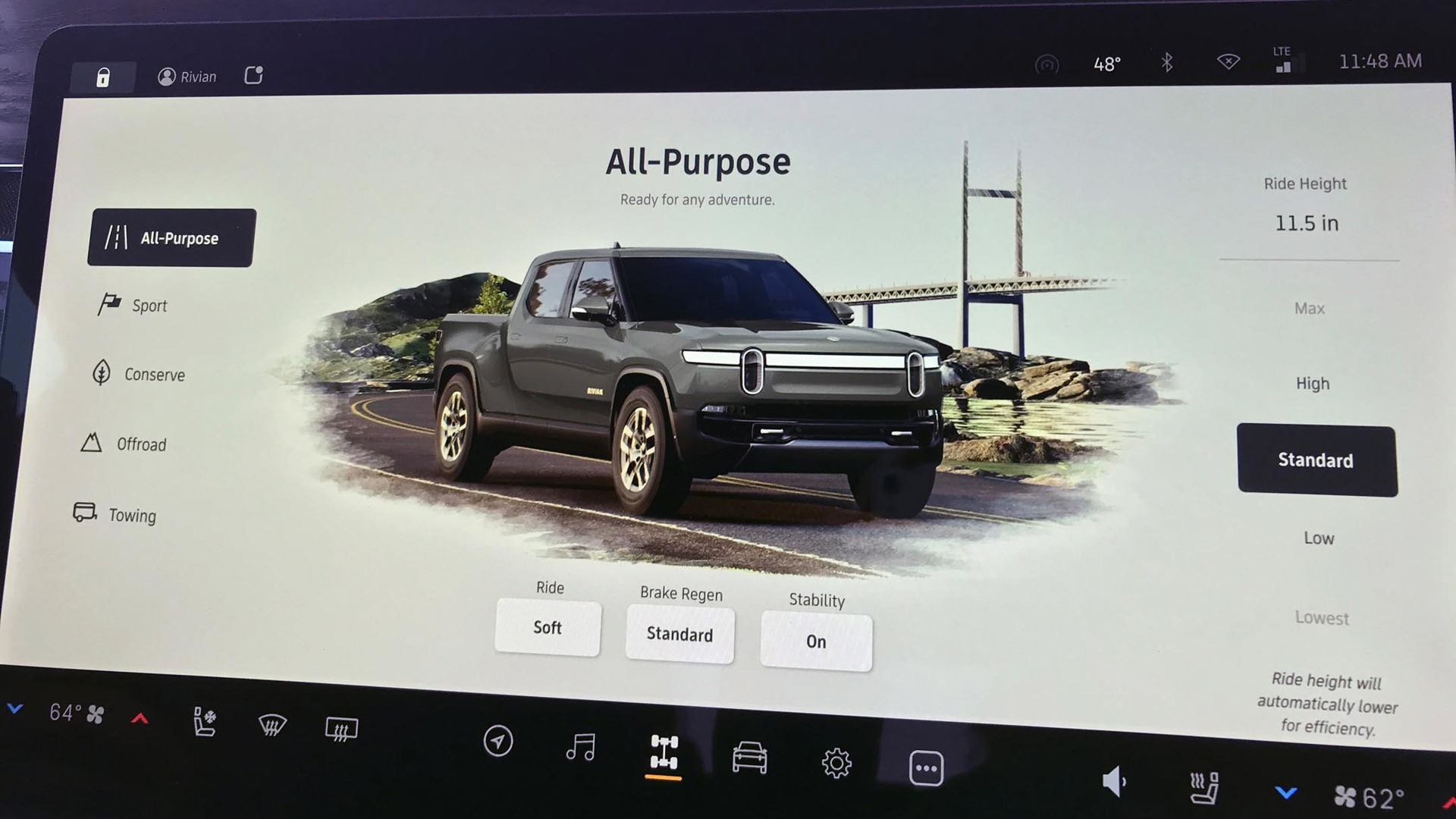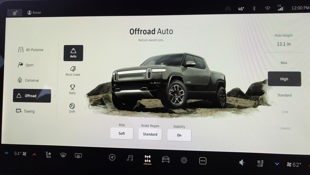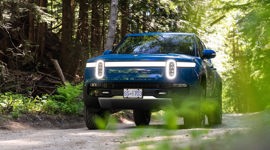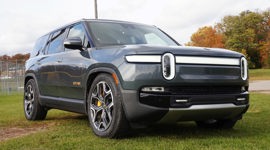The term “game-changer” is such a ubiquitous piece of marketing-speak – especially in the auto industry – that it’s become nearly meaningless.
But when it comes to the newest arrival in the hyper-competitive pickup truck segment, it’s actually deserved. A startup automaker out of California (no, not the one you’re thinking of), has managed to deliver the market’s first full-on electric pickup, the 2022 Rivian R1T, beating legacy brands in the process.
A Sophisticated Outlier in a Brute-Force Segment
I have a feeling the coal-rolling brotherhood is really not going to like this truck. Drivers of jacked-up, soot-belching behemoths, petulantly blocking access to the Tesla chargers in a sad middle finger to the EV movement – or to progress in general – see their truck as an avatar, a sort of primitive tribal identity and a symbol to take comfort behind in an increasingly perplexing world. And then there’s the Rivian R1T.
It’s smart and stylish, and rather than projecting brute strength (although it has that in spades), the R1T has a friendly, almost cartoonish countenance. It’s not large; the R1T is more midsize than full. More importantly, though, it’s all-electric.
The bro-dozer brethren aren’t going to be able to dismiss the R1T as a toy truck meant only for snowflakes and city dwellers. Rivian’s long-hyped entry into the fiercely loyal truck segment is no joke. It boasts as much torque and horsepower as some of the segment-leading full-size gas-powered entries and has comparable towing capability. But it’s quiet enough on the trail to let you hear the birds without disturbing them, and without spewing any emissions whatsoever.
It’s also no vehicular NFT (non-fungible truck?), or the latest billionaire vanity project. For its first production vehicle, and the first electric truck to hit the market, Rivian has somehow managed to deliver an astonishingly good game-changer of a pickup truck.
Power to All Four Wheels
My tester featured the standard 135-kWh battery pack, delivering 480 km of range. The optional 180-kWh “max pack” with 640 km has been delayed until 2023. I wasn’t able to really test the range claims, since I started with a less than fully charged battery and covered only about 160 km.
Rivian uses the common CCS plug for DC fast-charging, and all the battery’s energy is delivered to four motors, one at each wheel. Combined, the Rivian R1T puts out 835 hp and 908 lb-ft of torque. Despite its modest size, at 3,242 kg (7,148 lb), the R1T weighs a ton more than a gas-powered Ford F-150 or Chevrolet Silverado; yet its three-second zero-to-100 km/h sprint time makes it the fastest production pickup on the planet.
Innovative Storage Solutions
During my half-day behind the wheel I was impressed by the R1T’s fit and finish – and, yes, tight panel gaps. It’s clearly a well-engineered newcomer that’s serious about taking on one of the toughest segments of all. The lack of a space-consuming drivetrain has freed the designers up to use the conventional pickup truck shape in playful new ways. Most notable is the so-called “gear tunnel” between the cab and box – a sort of pass-through that can store camping and sports gear, or an optional pull-out camp stove.
Flat-dropping access doors to that cargo tunnel can hold up to 113 kg (250 lb) and function as seats or handy steps to access the bed or roof. The water-tight space features automatic LED lights and 120-volt outlets, and can be accessed from inside the cabin via a roll-down door between the rear seats. There’s an LED flashlight plugged into one of the door openings, and a portable Bluetooth speaker with USB charger ports and a built-in lantern.
Under the hood is a 311-L storage frunk with a 12-volt outlet; and the 827-L bed has another 405-L storage space underneath. The bed is shorter than competitors at 1,372 mm (54 in), but the bed floor extends to 2,108 mm (83 in) with the tailgate down. The bed features four tie-downs, and an integrated air compressor with six-metre (20-ft) hose. Available is a Gear Guard security system that features a locking cable and security camera. Towing capacity is 4,990 kg (11,000 lb).
There are four choices of entry: key fob on a sporty carabiner: a wallet-sized near-field communication (NFC) key card; wearable, waterproof NFC band; or smartphone access through the Rivian app.
Scandinavian Minimalist Cabin
Rather than simple, workmanlike knobs and a man-cave ambiance, the R1T’s cabin has a sophisticated minimalism that’s almost Scandinavian, with clean lines, recycled materials, open-pore wood, and stark white media interface. A translucent UV-blocking sunroof casts a soft aqua light into the cabin.
Like most electric vehicles (EVs), the truck has no start button – it’s ready to go once you enter. In fact, it has no buttons at all. To be sure, there will be some criticism of that choice. The 16-inch Android-based touchscreen is simple and intuitive to use, but it controls every function from side mirror adjustment to climate air flow direction. The settings can be stored into a driver profile. This is great for steering wheel, seat, and mirror adjustment, but climate needs change and it’s a bit irritating to have to use the screen to make a minor adjustment. Puzzling, too, is the lack of a trip odometer. After several minutes of swiping and scrolling, I was told by the Rivian spokespeople that it was probably a bug to be rectified in the next software fix.
There are myriad drive modes also selected through the touchscreen that range from frugal daily driving to hard-core off roading complete with rock crawl. Depending on which mode you’re in, the independent air suspension adjusts from a low of 200 mm (7.9 in) up to 381 (15 in) for maximum clearance.
Unfortunately, my three-hour drive around rural Michigan gave me no opportunity to test the R1T’s off-roading capabilities. Early reports are lauding the quad motor drive’s ability to independently adjust torque at each wheel – completely negating any need for mechanical torque distribution or locking differentials. It’s a much more efficient and lightweight system of torque delivery than traditional mechanical choices. The lack of vulnerable drivetrain components on the truck’s underbelly gives it a competitive advantage over its off-road rivals, offering more clearance and presenting nothing but smooth, tough steel cladding to any obstacles on the trail.
Like the Ford Bronco, R1T production models will soon have a trail turn feature that works like skid steer, enabled by the electric motors on each corner. A great feature for serious off-roaders who find themselves in a tight spot, the system locks the inside rear wheel, using it as pivot point.
Impressive Road Manners and Astonishing Acceleration
Most of my drive took place on pavement, and the R1T showed impressive road manners. Pickup trucks aren’t known for their handling capabilities, but the R1T proved well-balanced and composed over rough pavement and through turns. The battery pack integrated into the frame provides a solid base with a low centre of gravity, augmented by an independent, self-levelling air suspension, active damping, and an electro-hydraulic roll control system instead of mechanical sway bar. Steering feel is decent, with just the right weight for a vehicle this size.
Acceleration is nothing short of astonishing; mashing the throttle pedal produces an instantaneous, rocket-launch level of speed that’s disorienting. The mechanical brakes are competent, but for daily driving the regenerative braking system makes it easy to adapt to one-pedal driving; lift off the throttle and the vehicle decelerates at a smooth and comfortable rate.
Final Thoughts
Rivian is still an unknown entity, competing against trucks with over a hundred years of history. But with its astonishing power and prodigious off-road chops, the Rivian R1T may just lure a few traditionalists away from their gas-guzzlers.
While Canadian deliveries don’t start until this summer, you can order online with a refundable $1,500 deposit. Prices start at $90,000.
